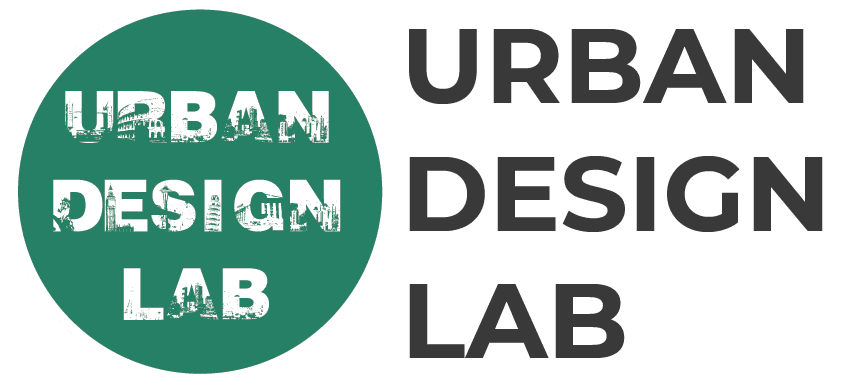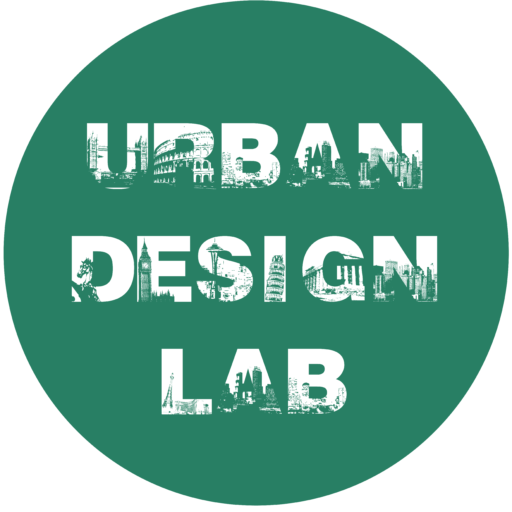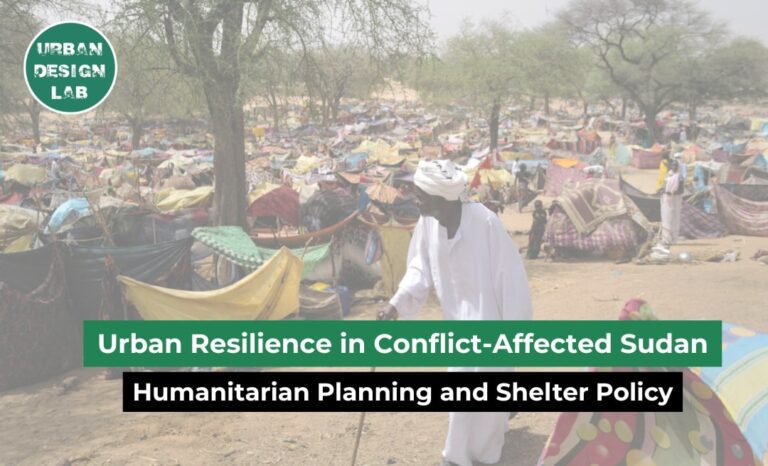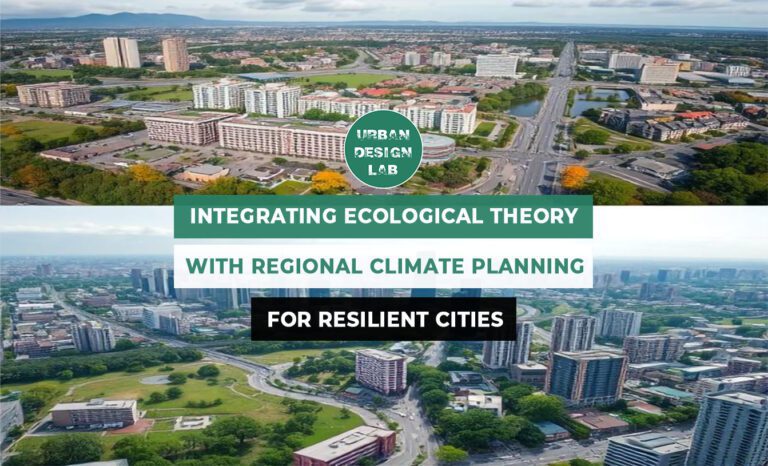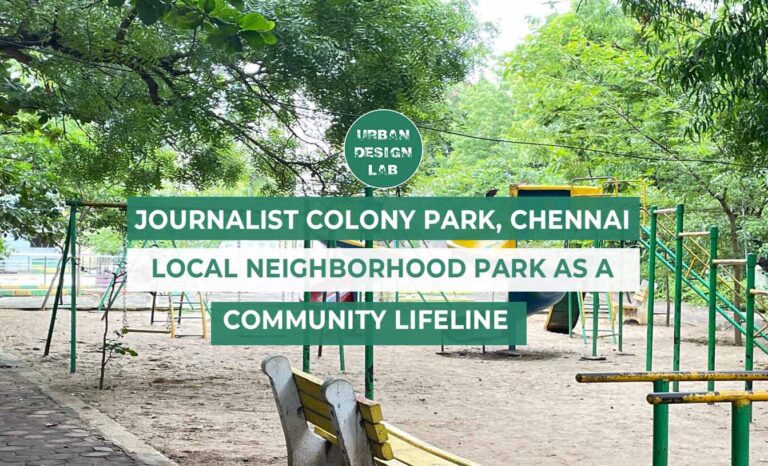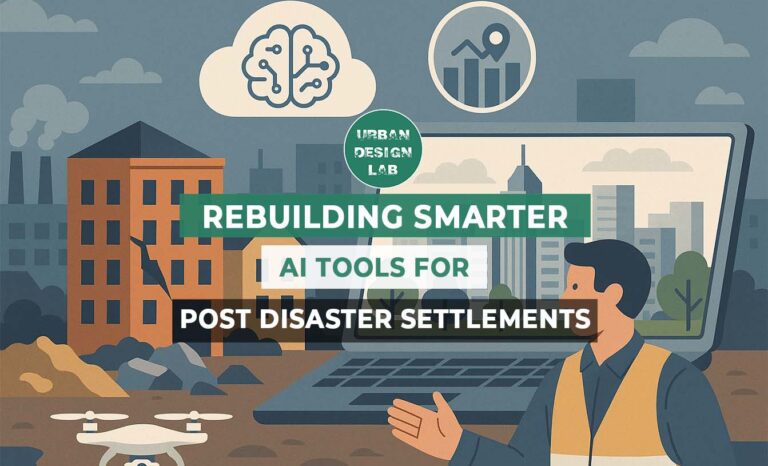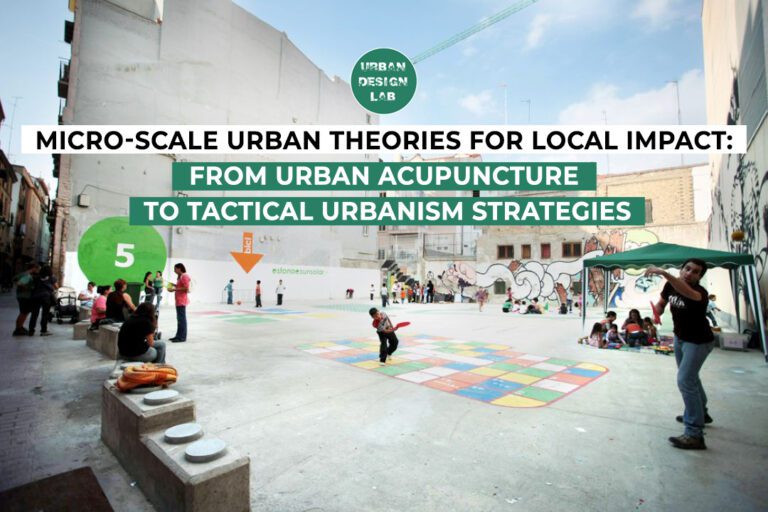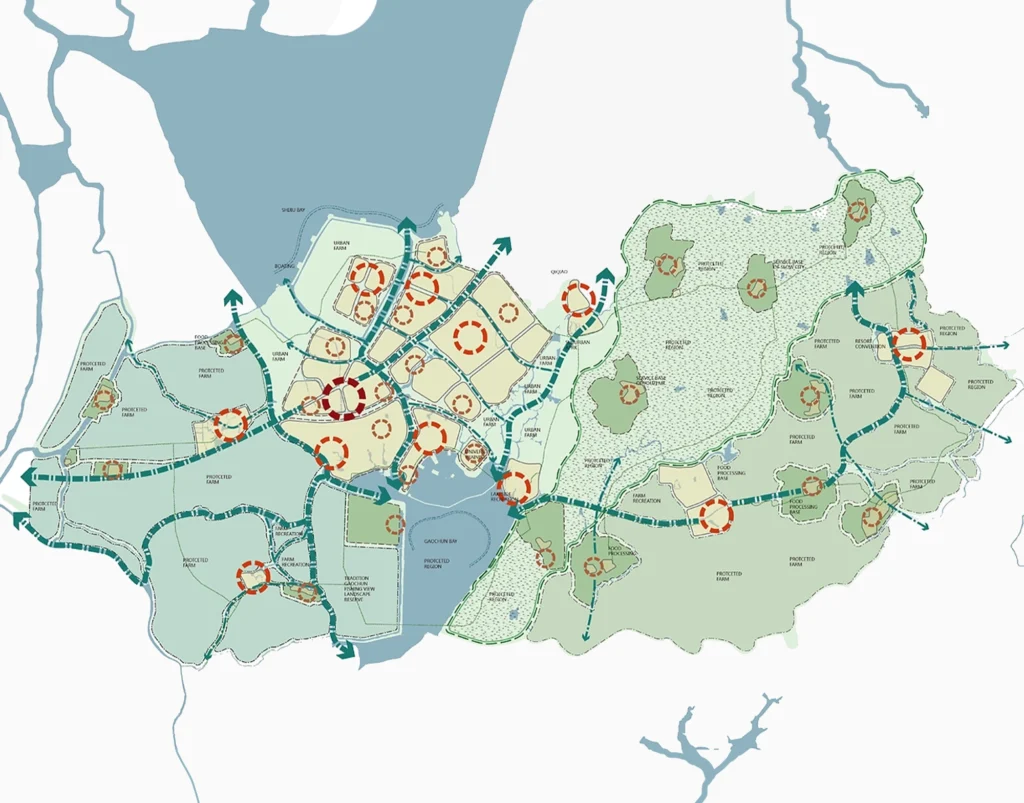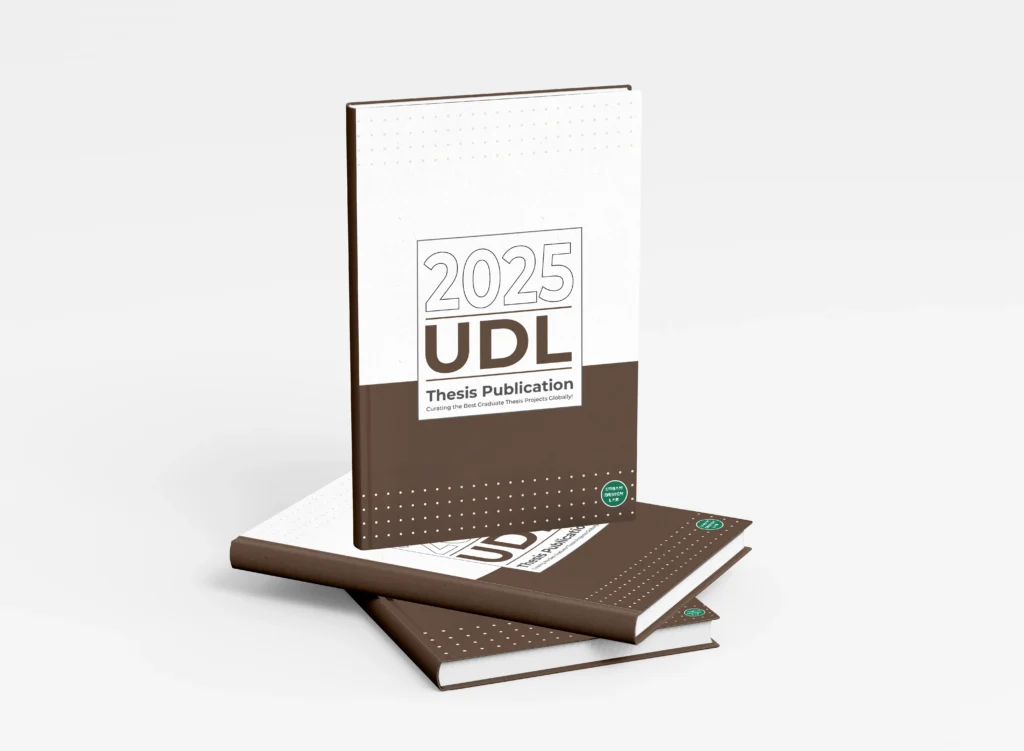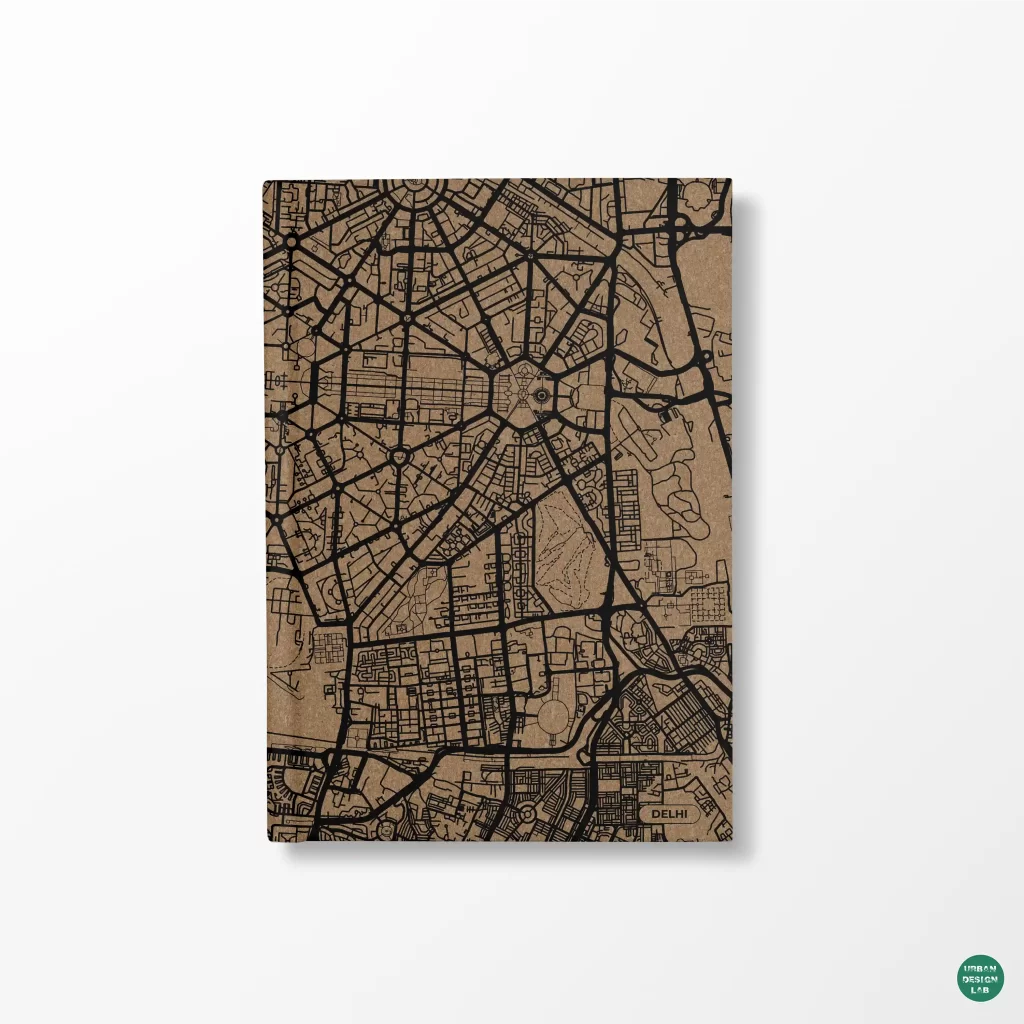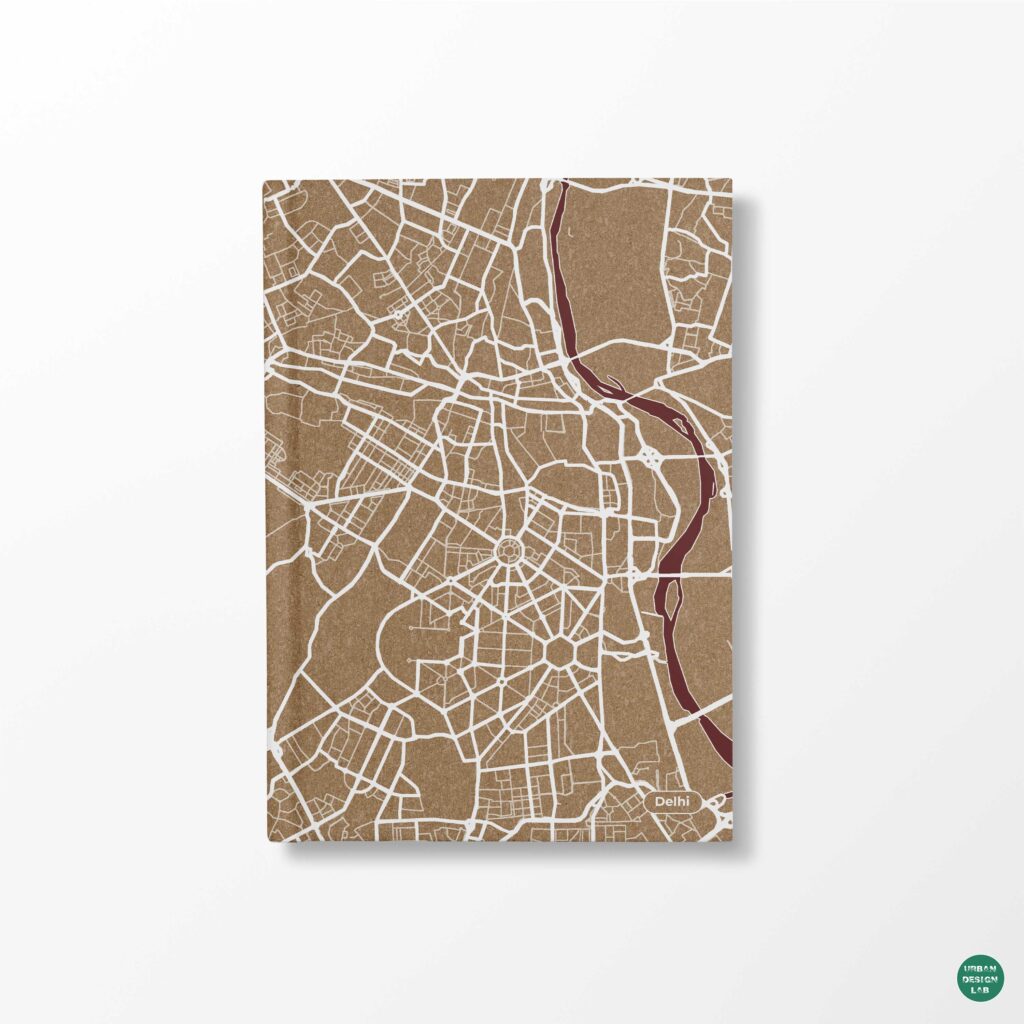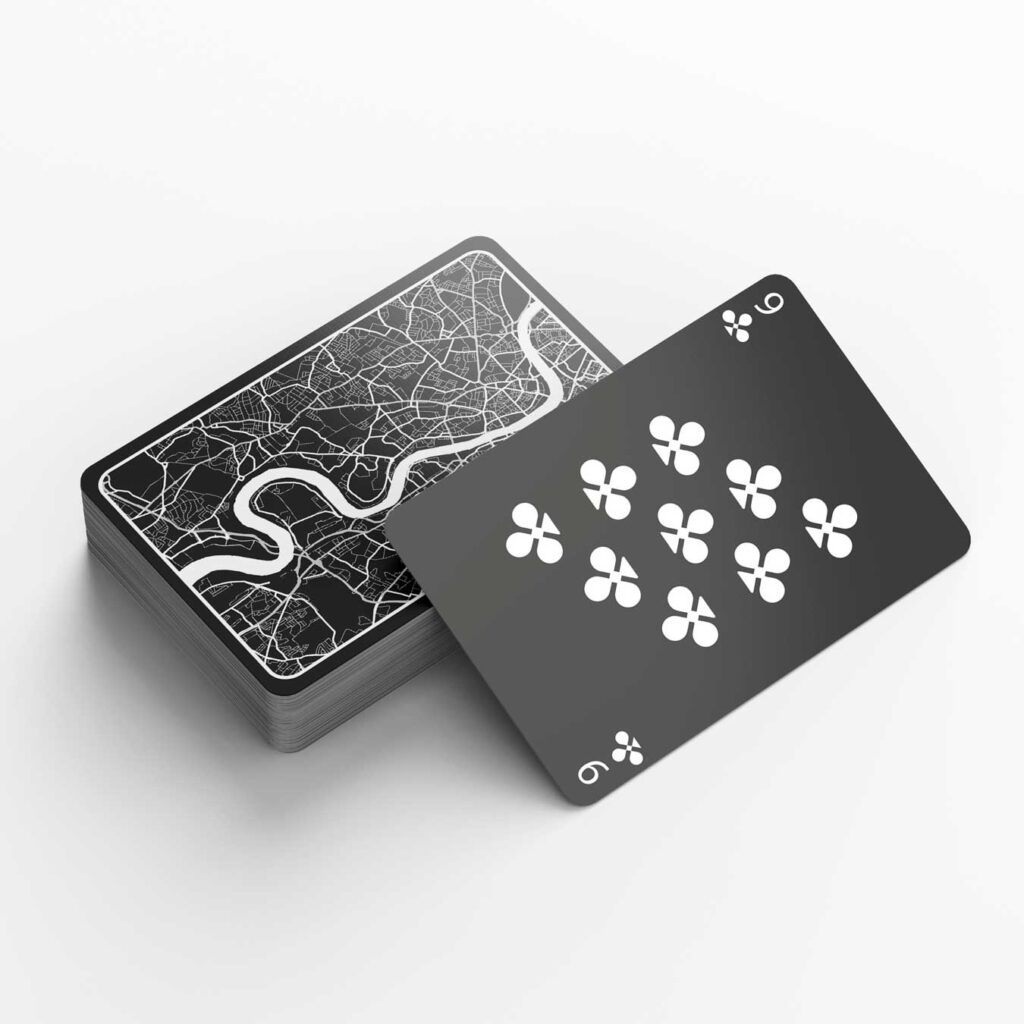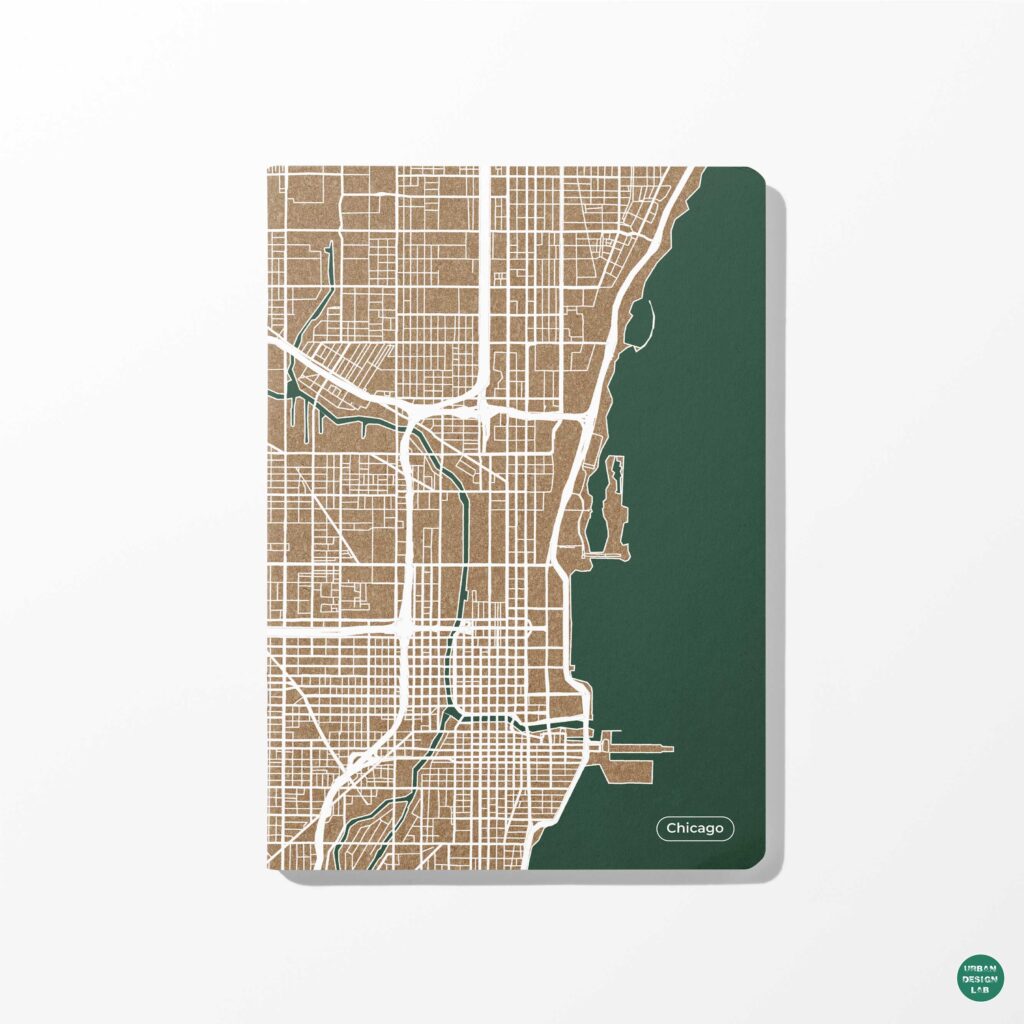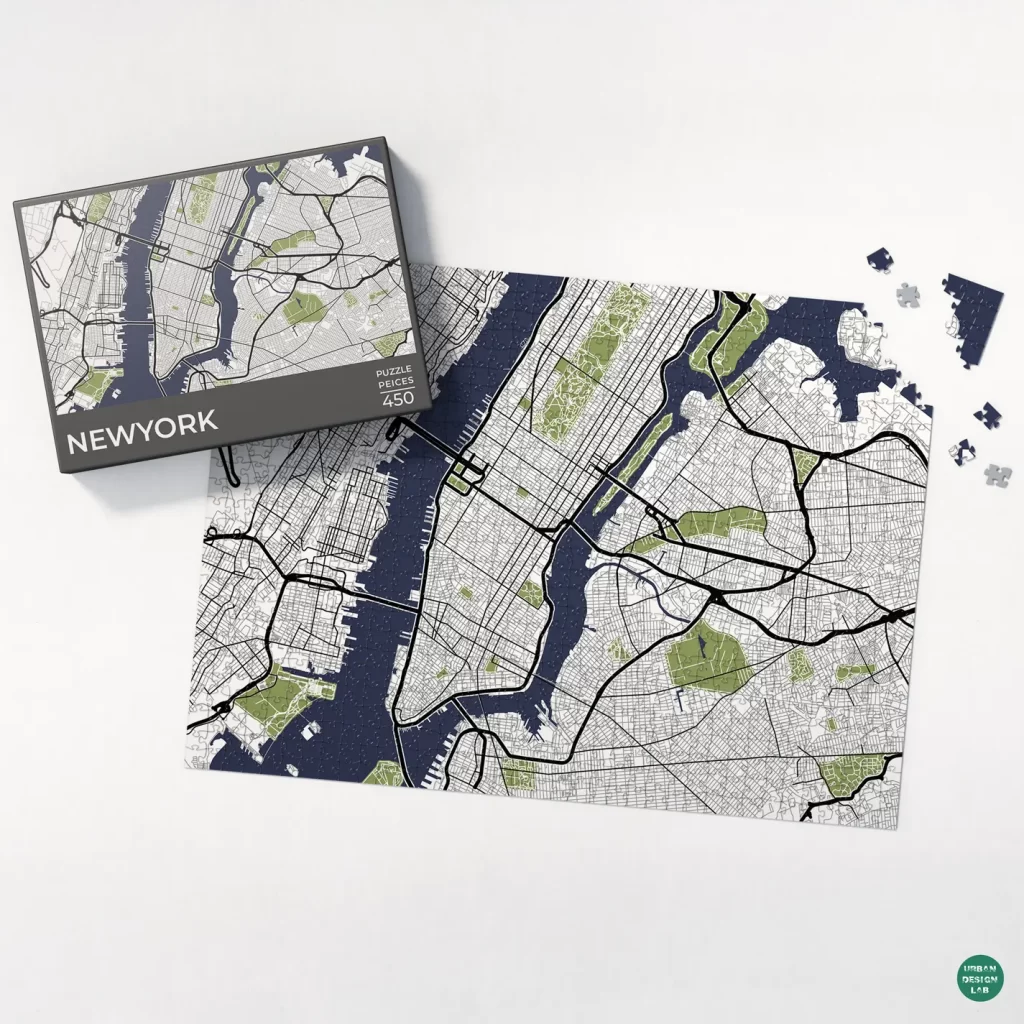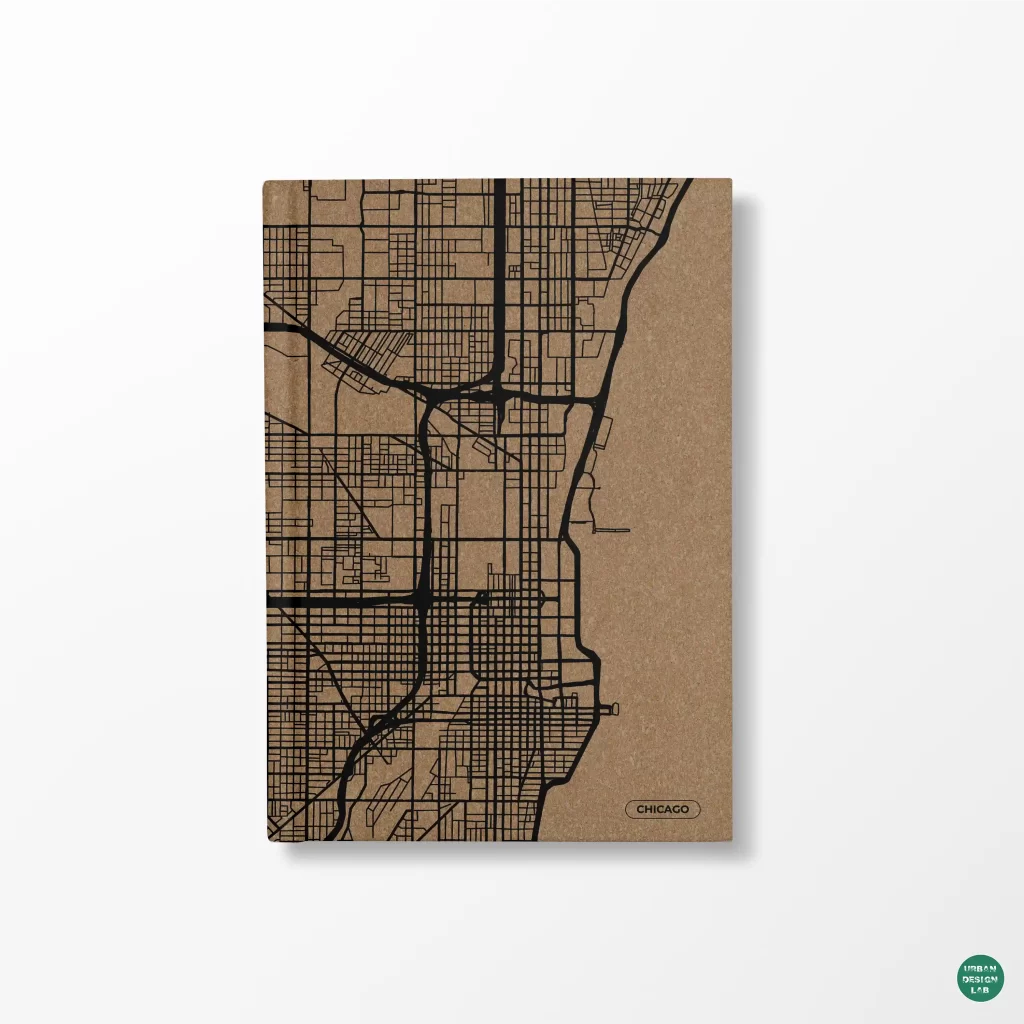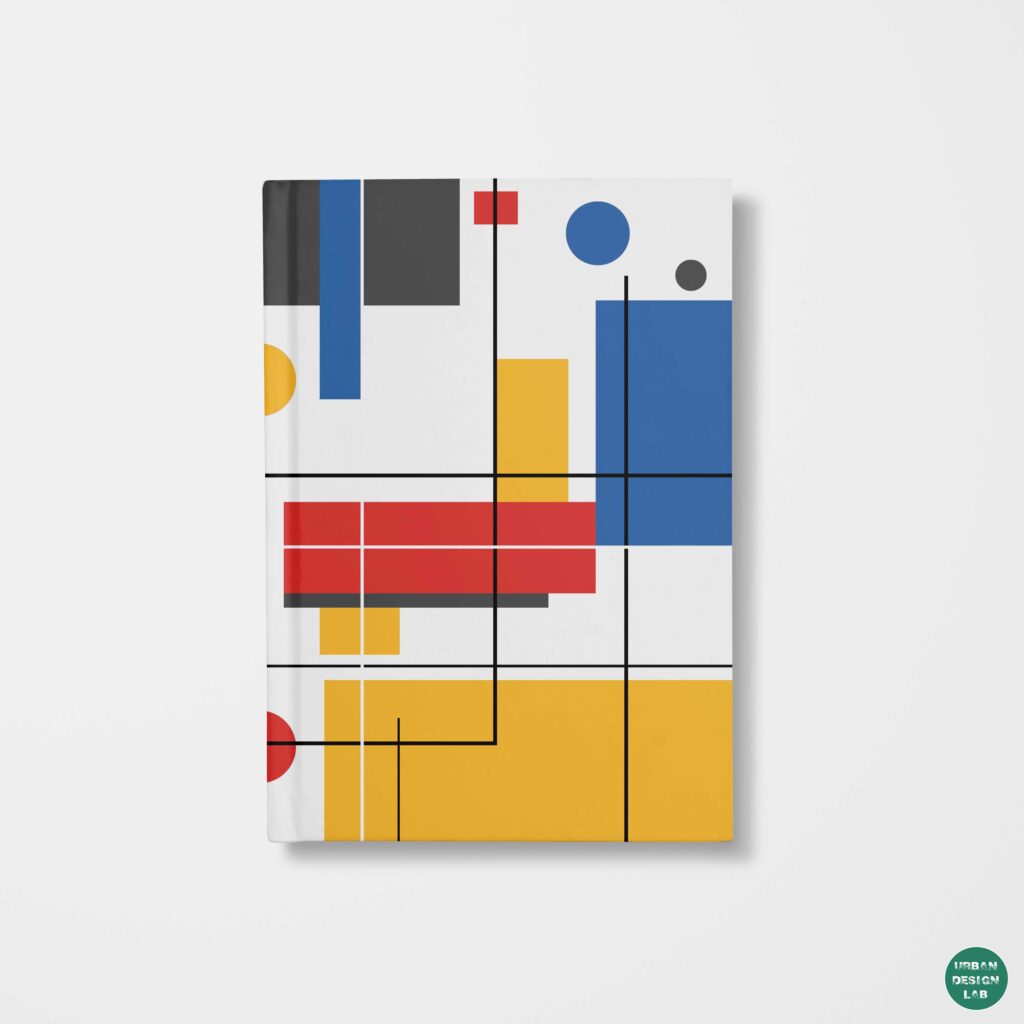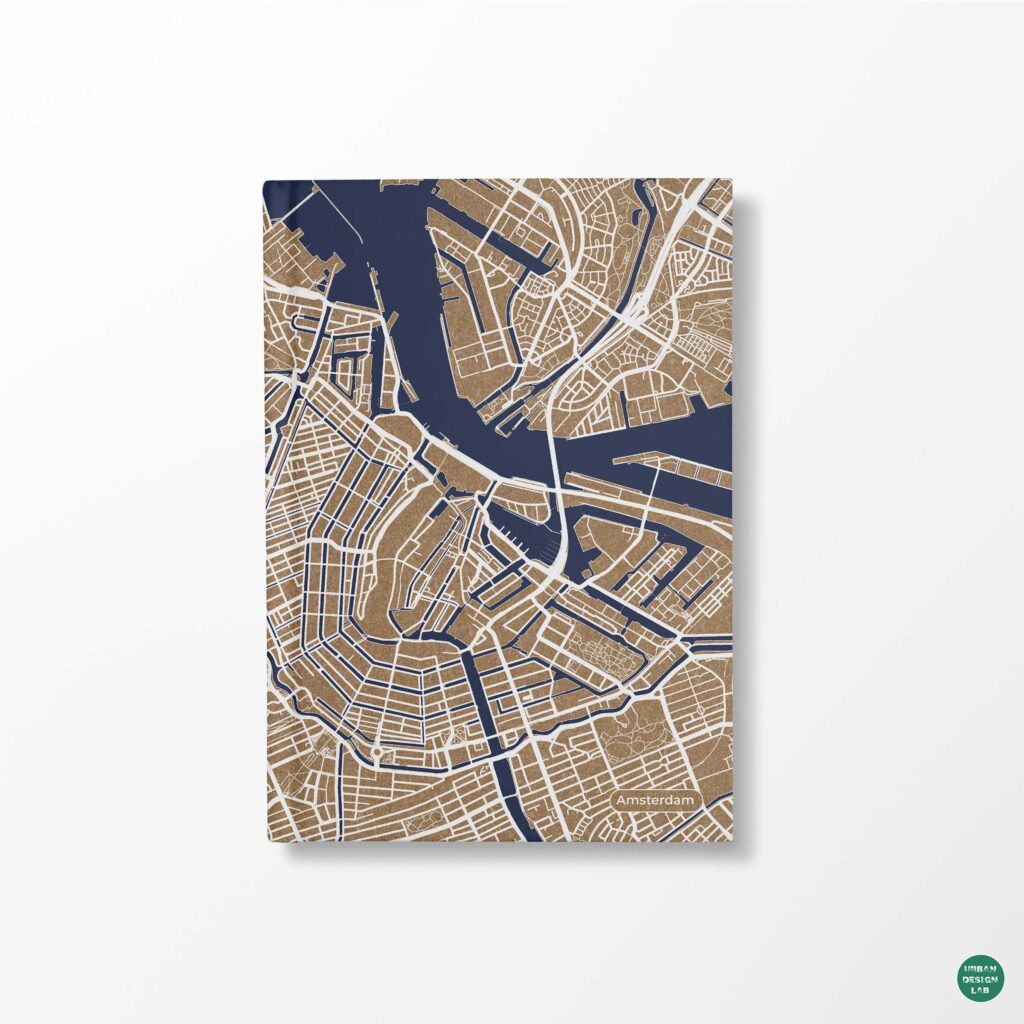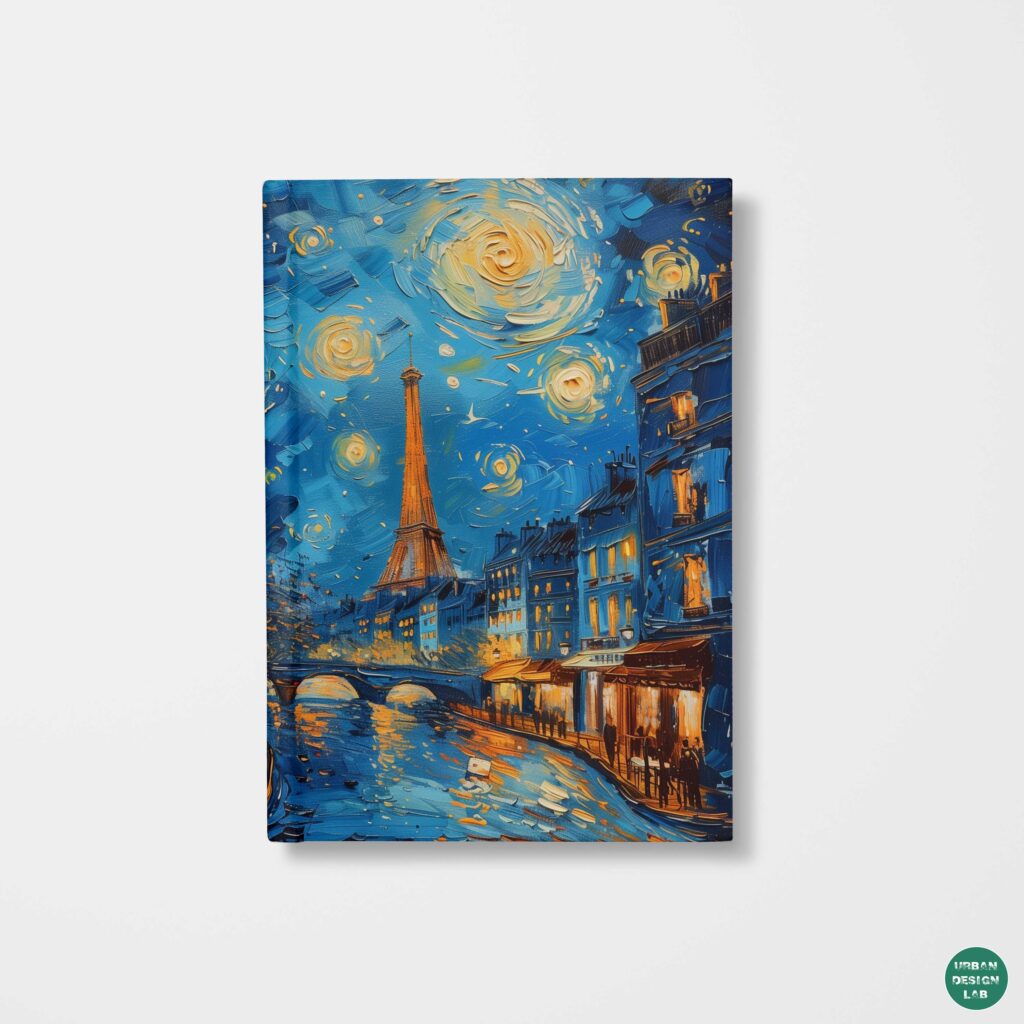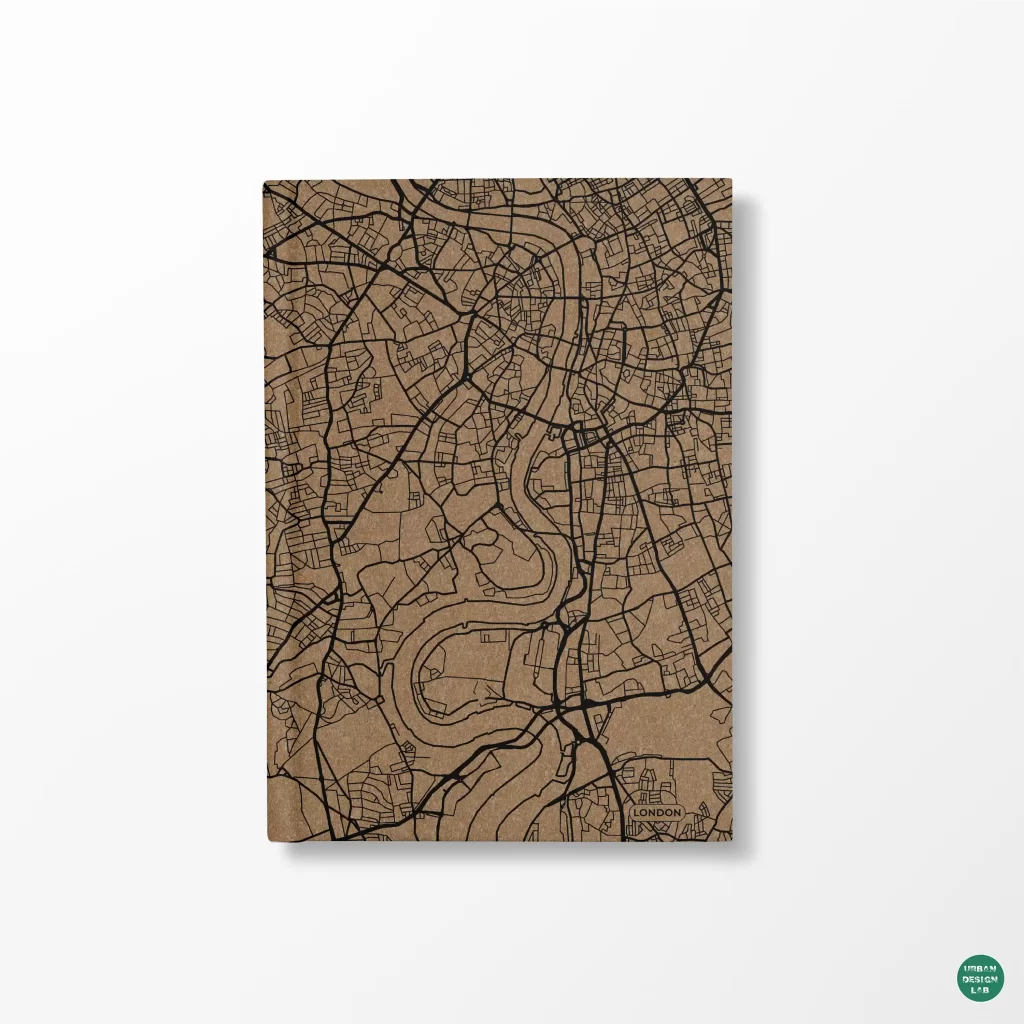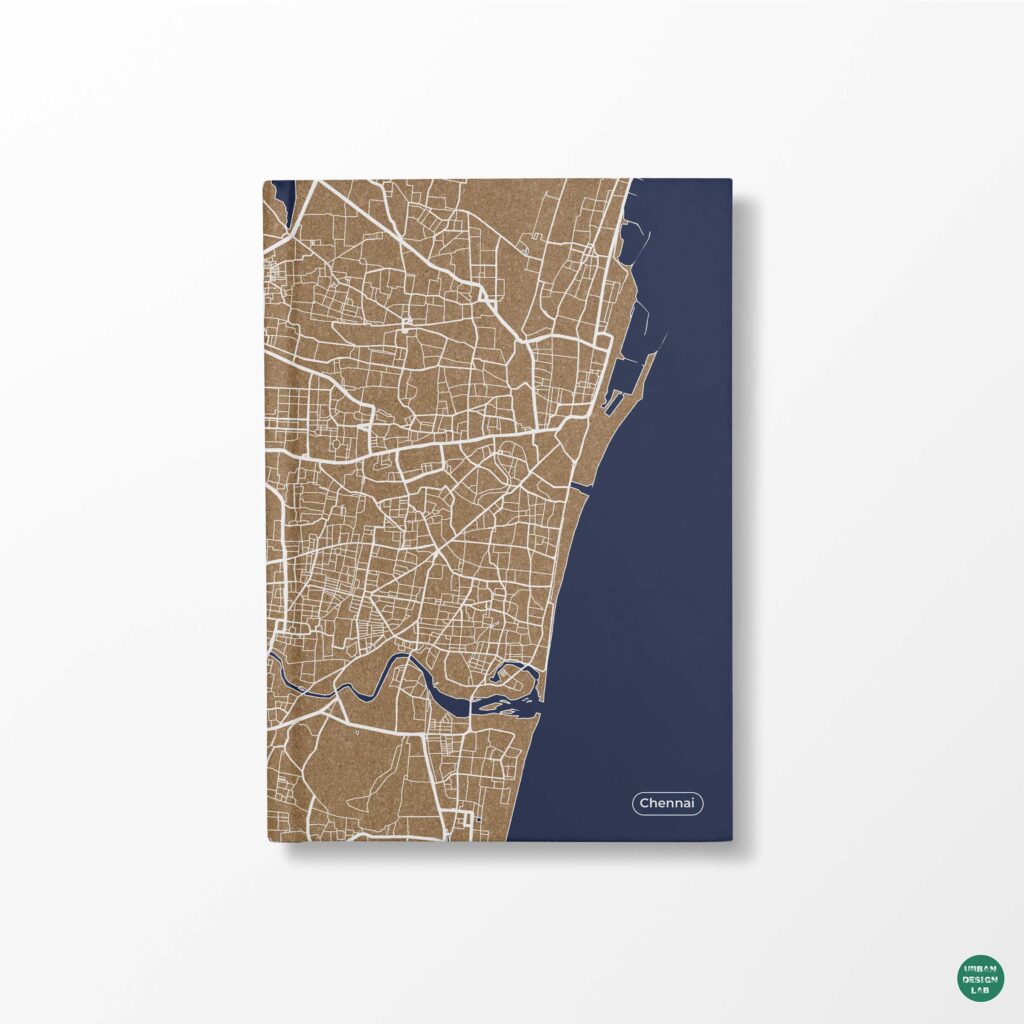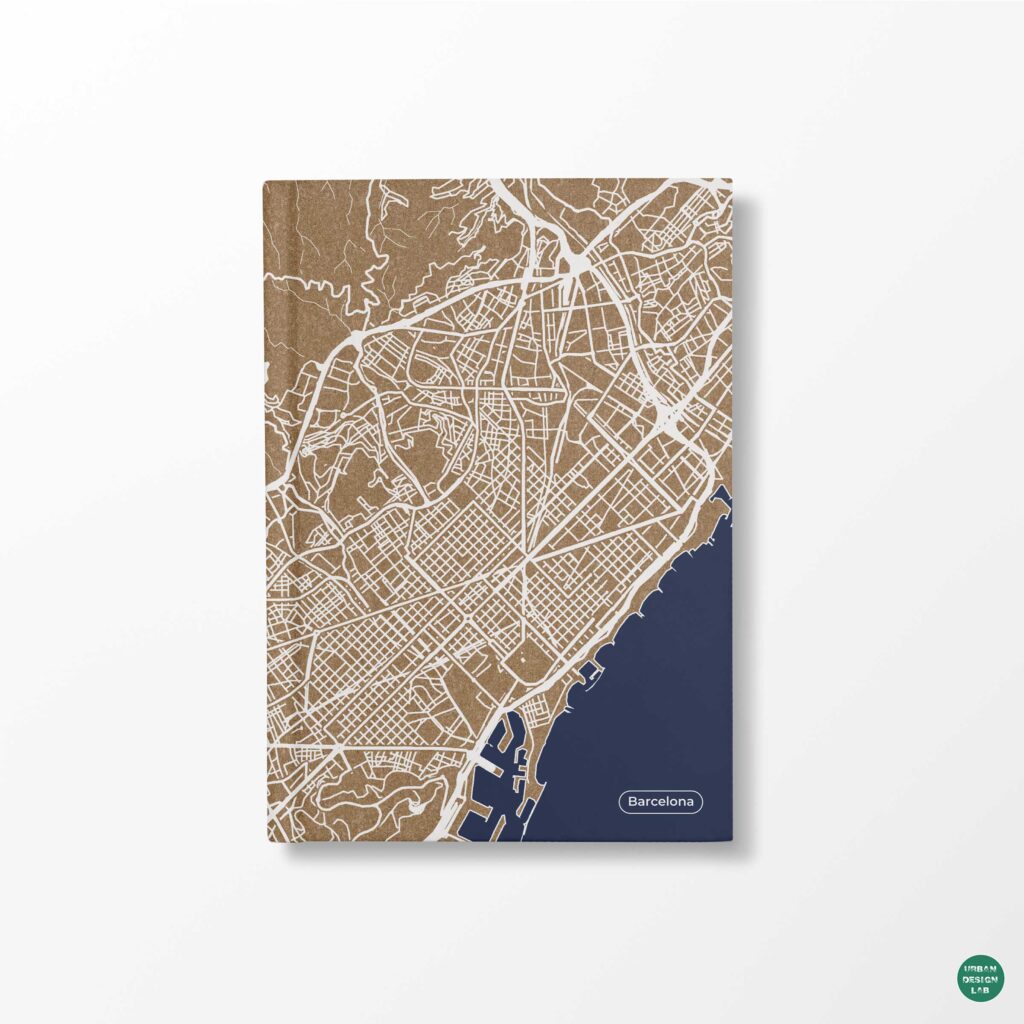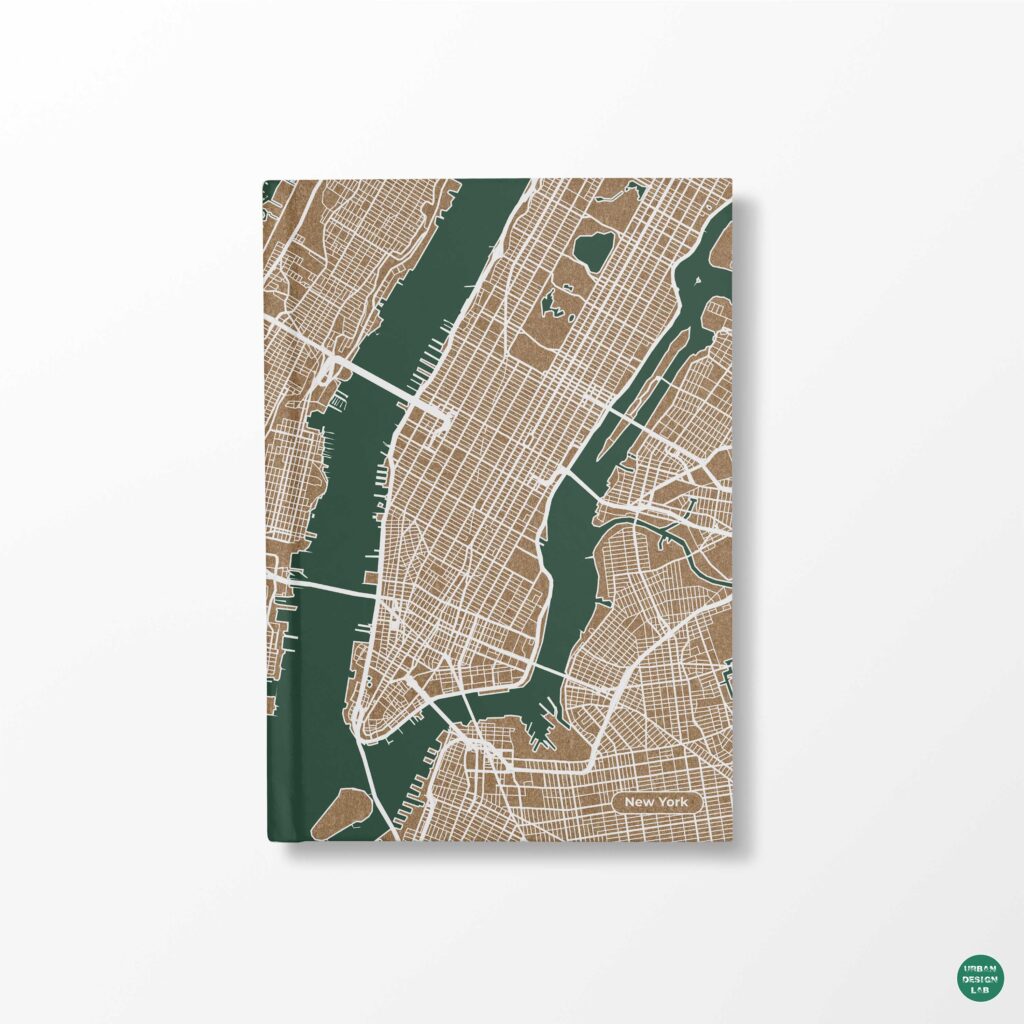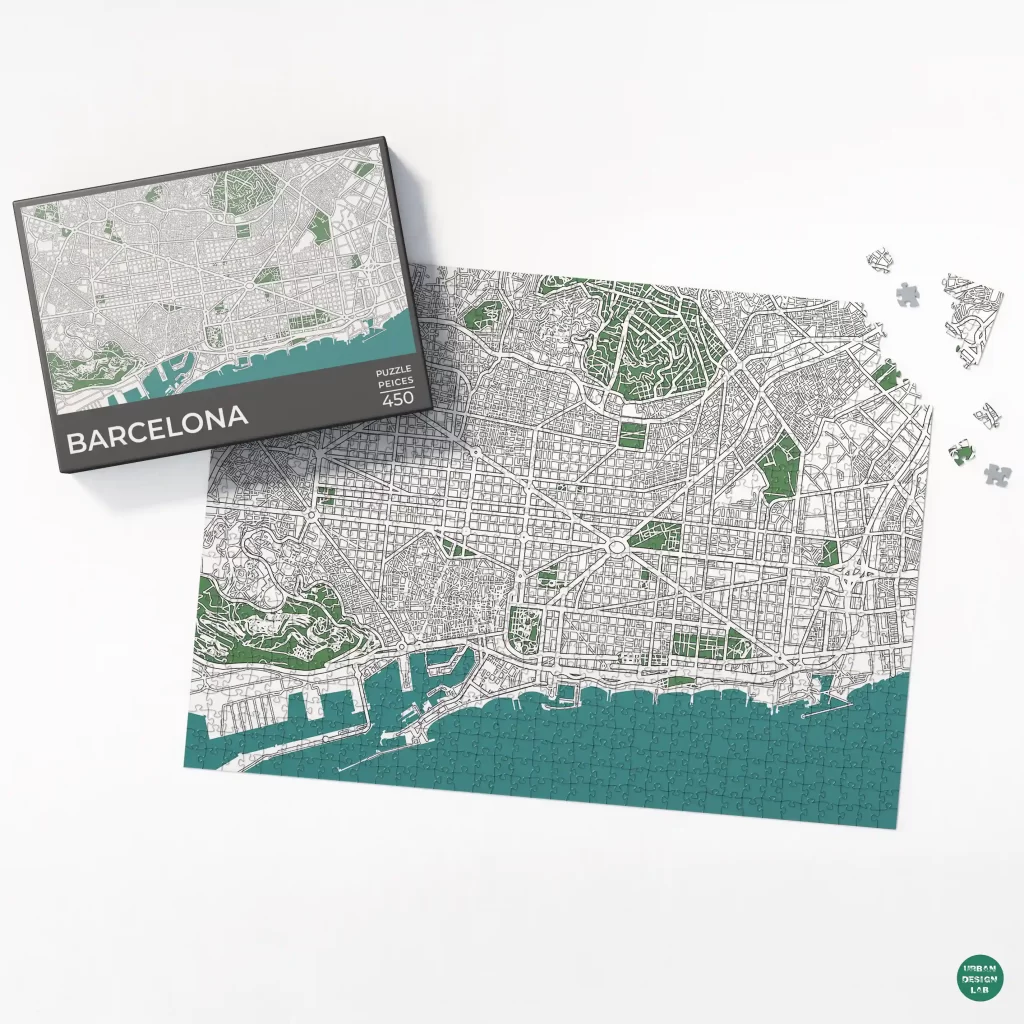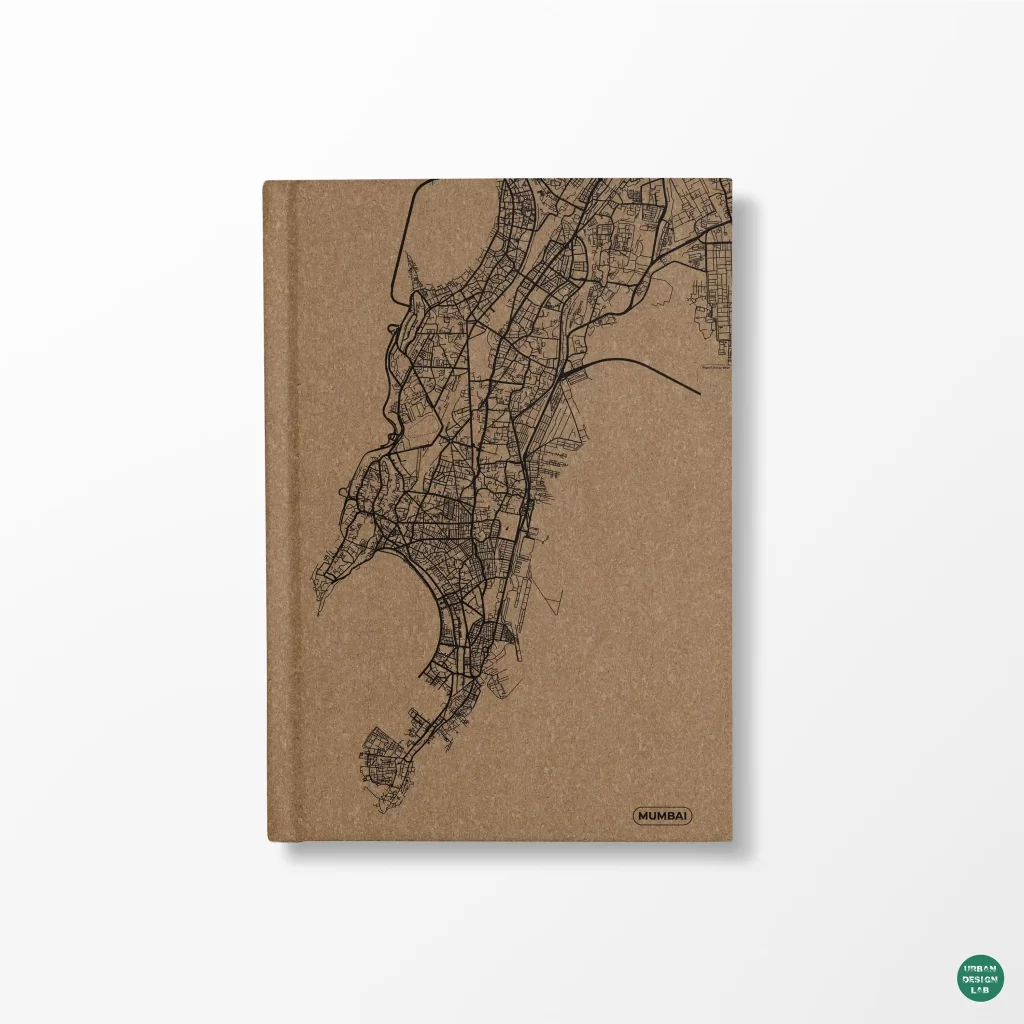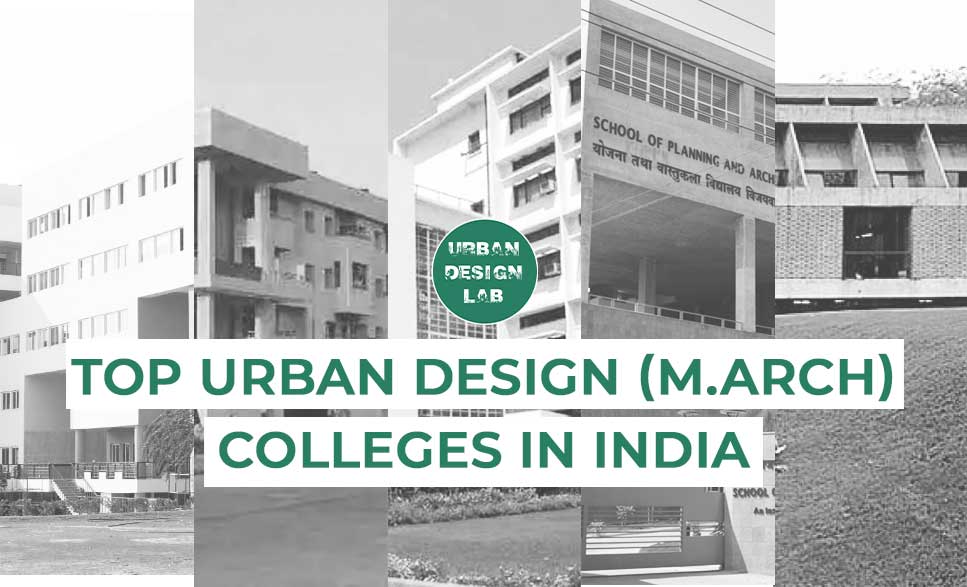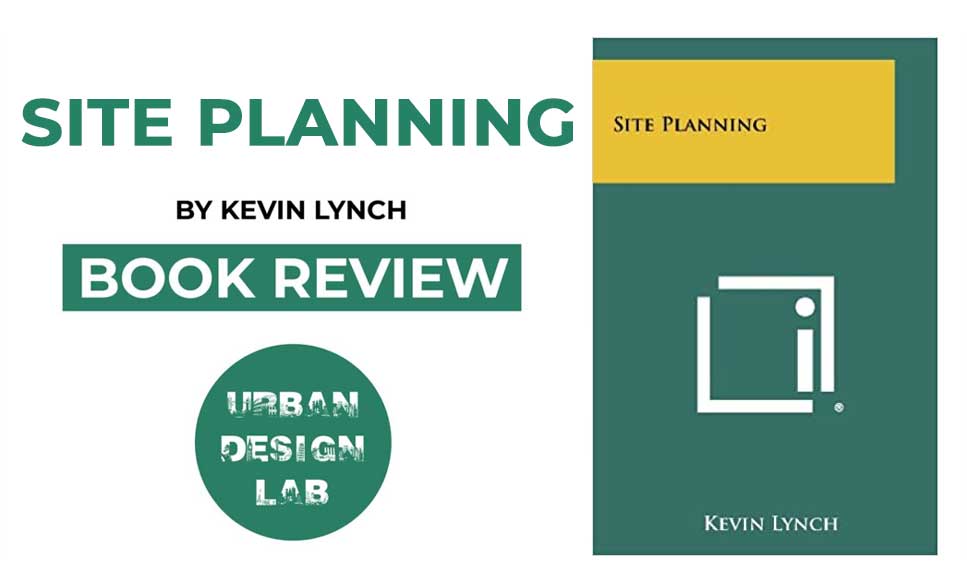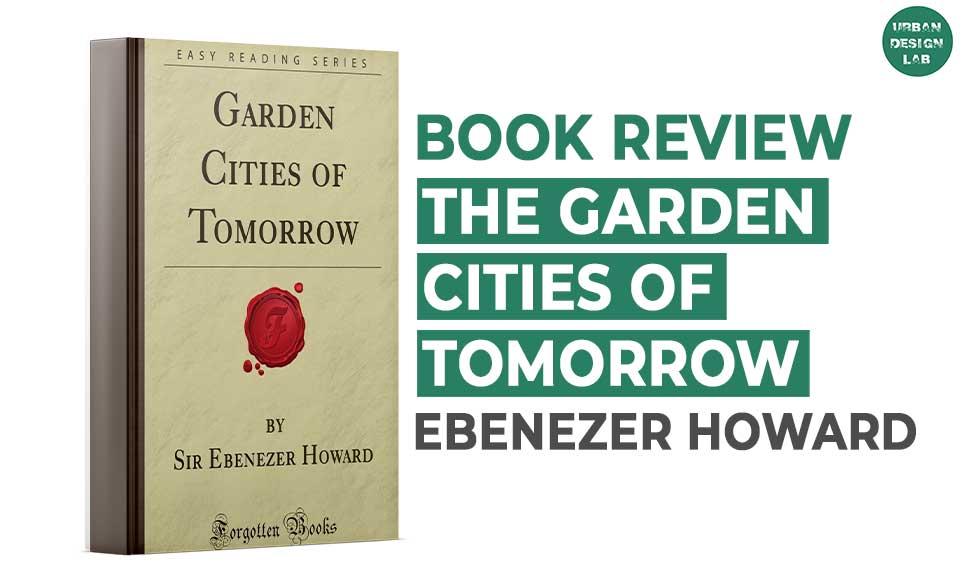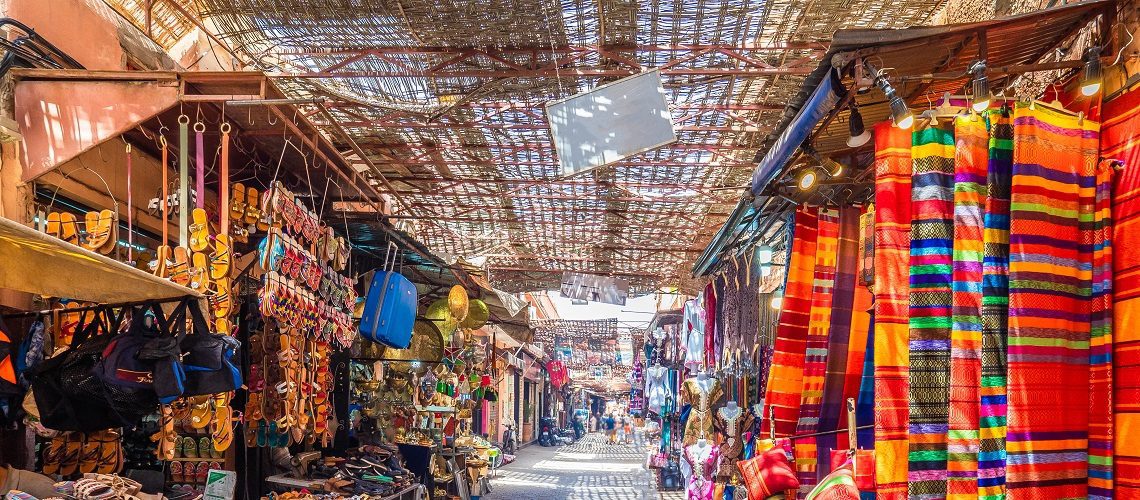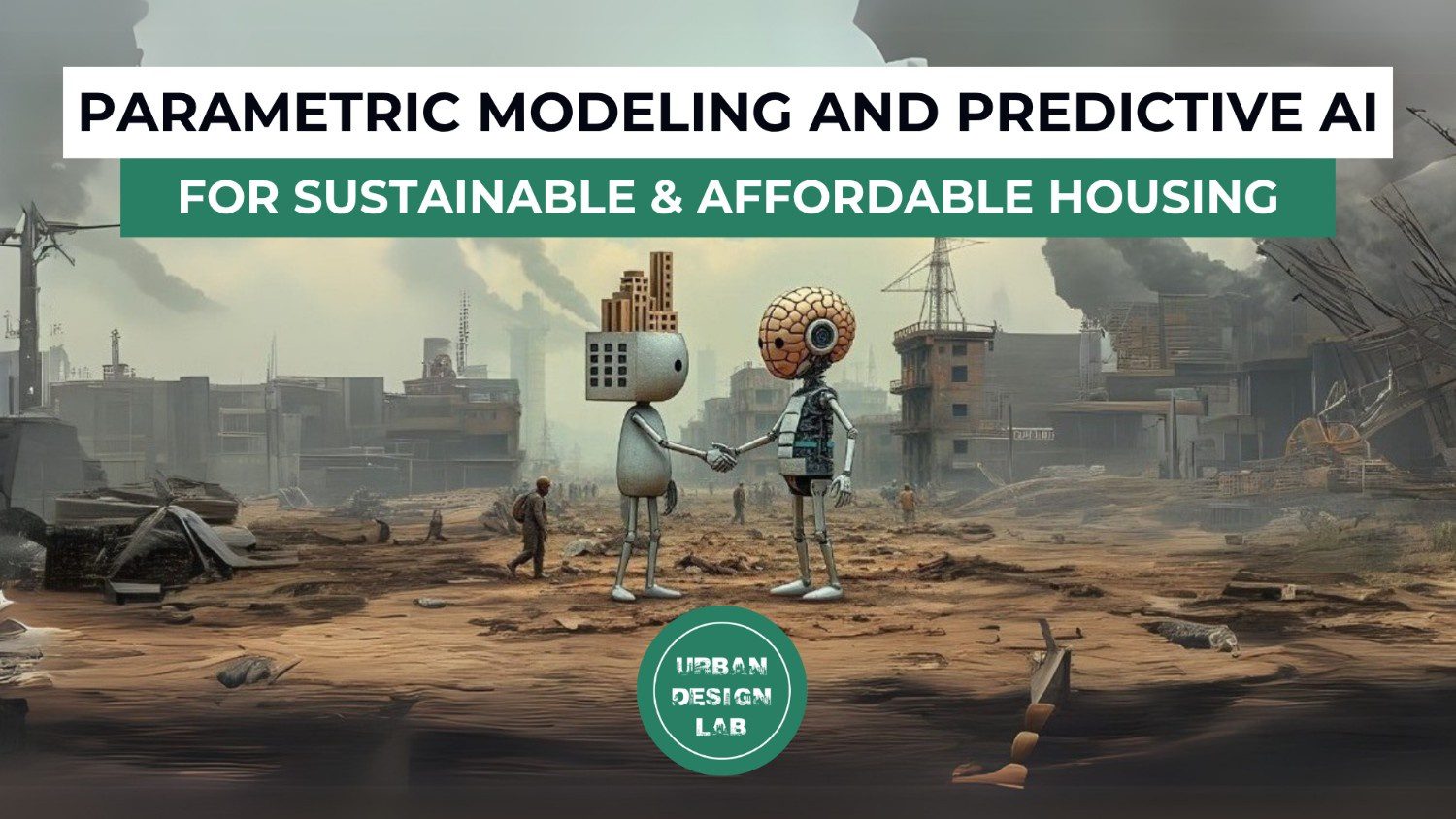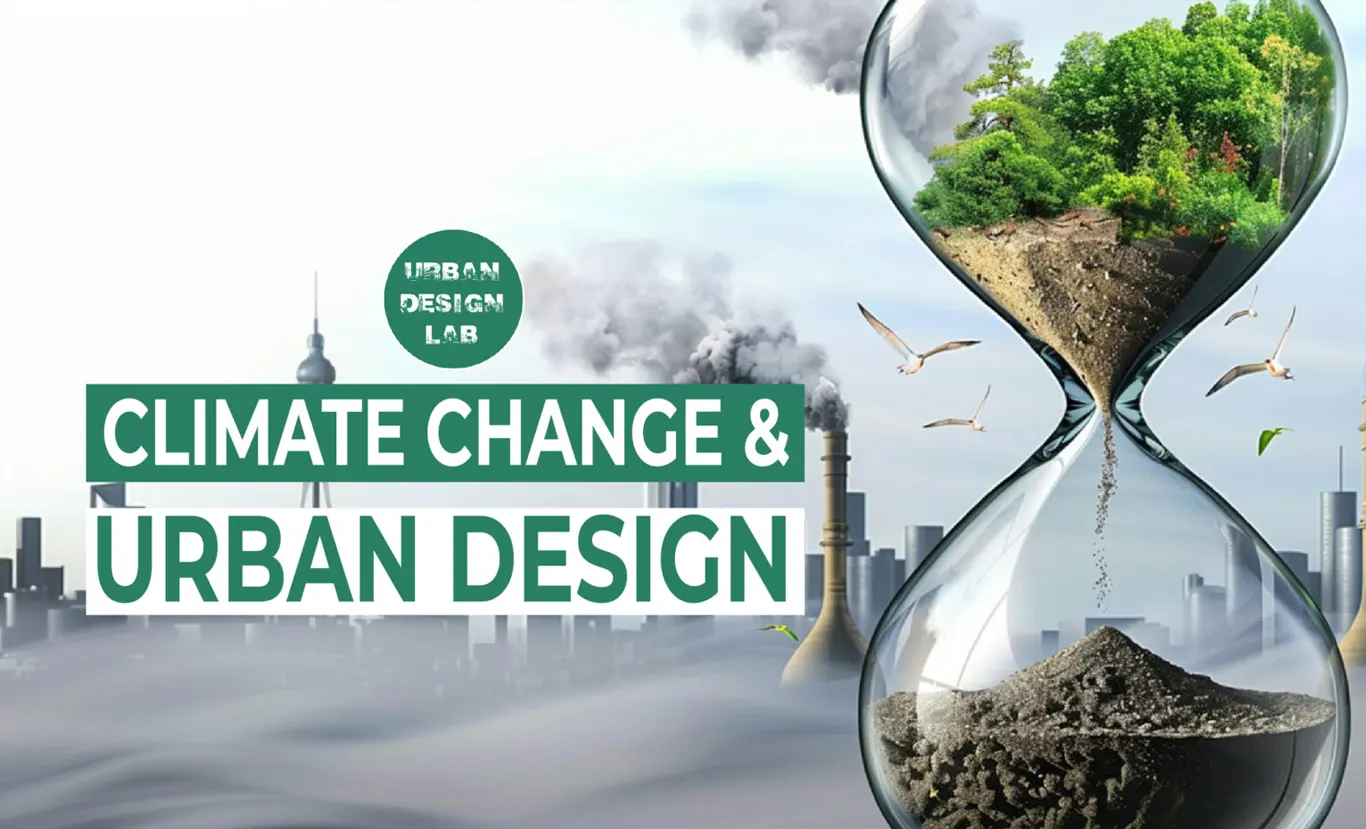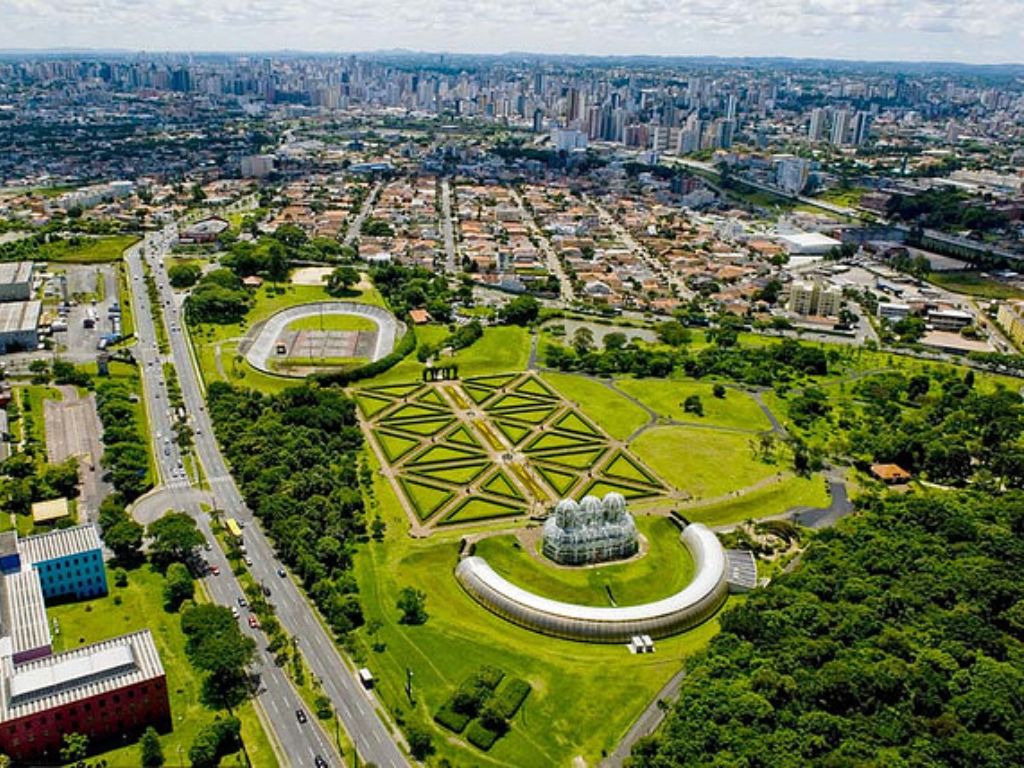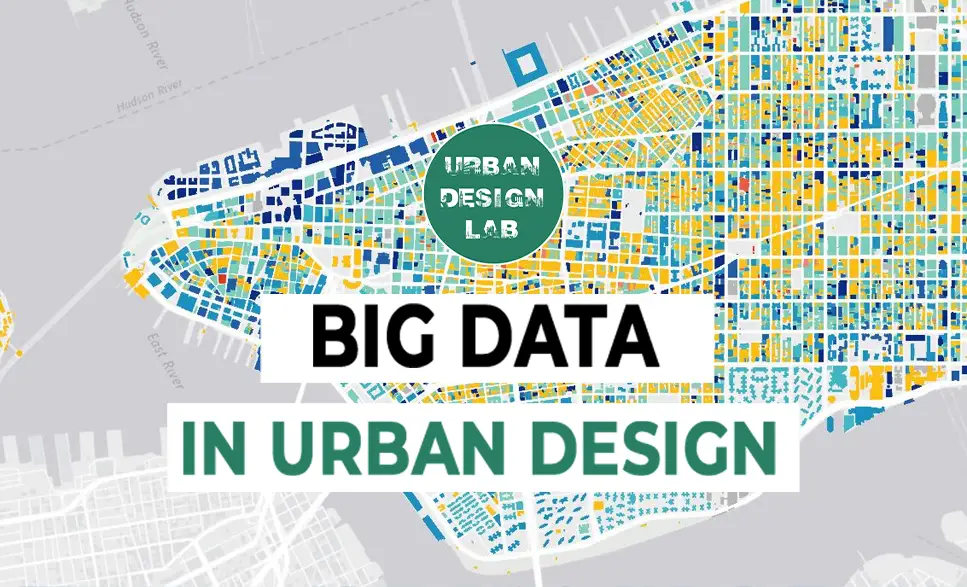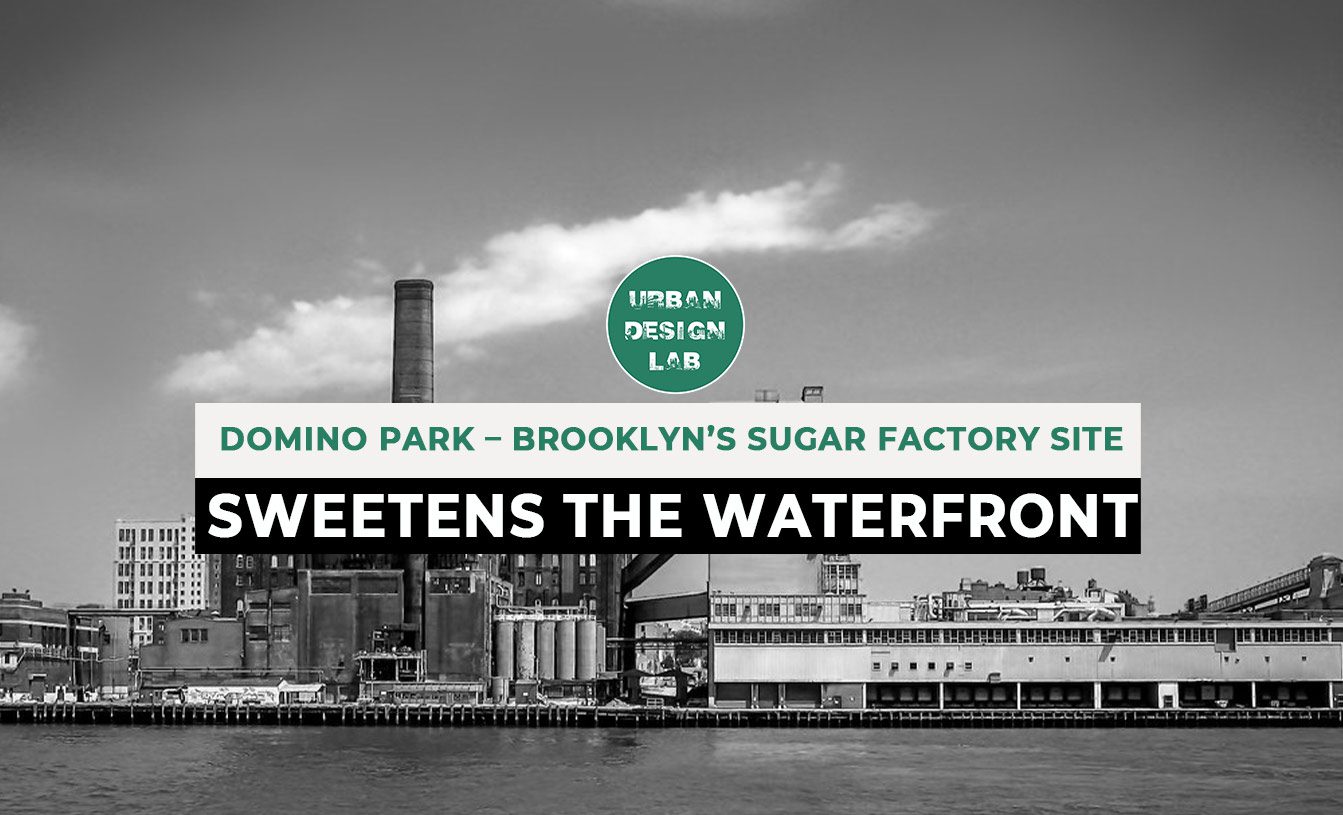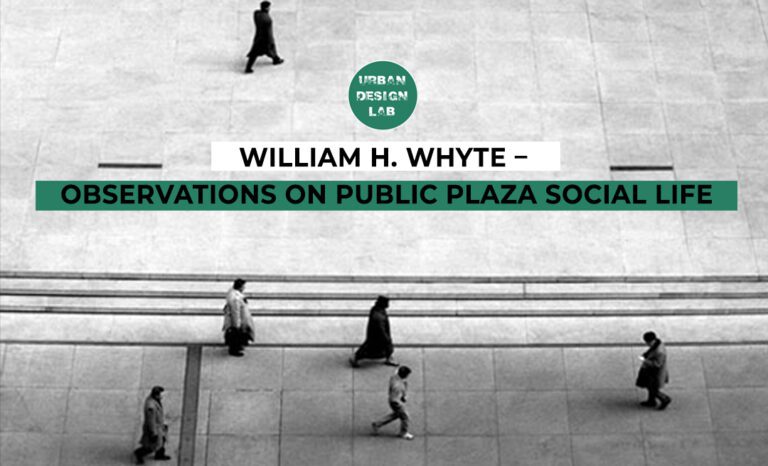
Urban Resilience Explored Through the Lens of Five Urban Design Theories
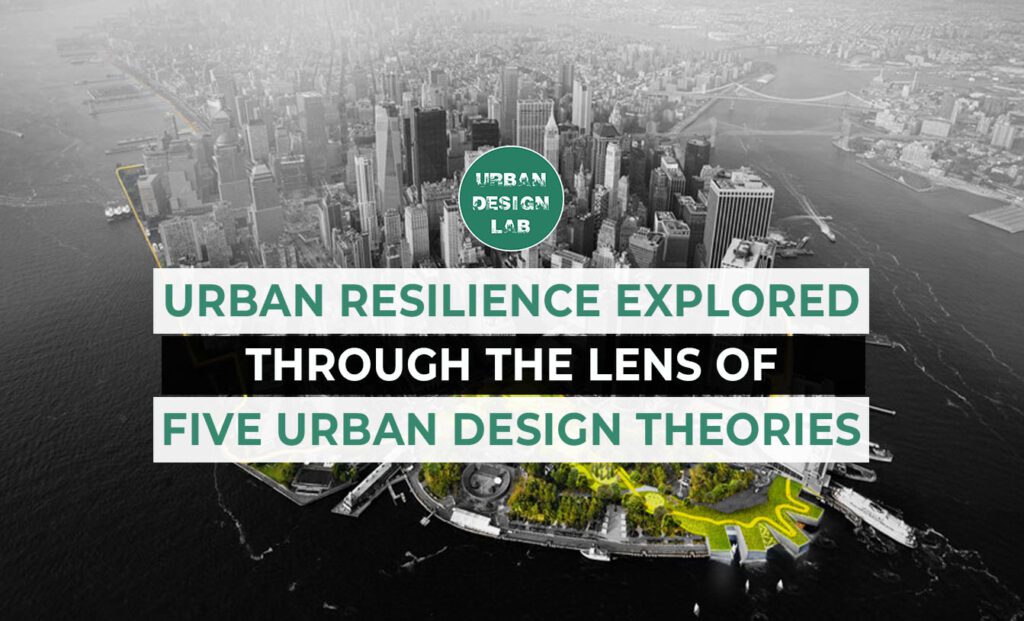
The article establishes resilient cities as the need of the hour in the current period of rising global temperatures leading to worsening calamities. Five key urban design theories are identified and are defined. Each theory focuses on a particular part of the urban fabric. Case studies for each are looked at to ascertain how each can be applied to increase the resilience of current cities.
The article looks at a design strategy, urban revitalization, as an important key to better existing cities with minimal intervention. The strategy is shown to successfully utilize design theories to create places that add onto the city’s durability. Case studies in post war Berlin demonstrate its success in aiding metropolises to recover from disasters.
Ultimately the article advocates for a combination of multiple urban design theories to be applied for a more holistic approach to designing resilient cities.
The resilience of the future
Cities that are designed to predict, cope with, and overcome all types of hazards with the least effect on all components of a city, such as physical infrastructure and communities. Buildings that can withstand any traumatic impact and streets capable of providing a safe gathering space for all lives. Community as a main pillar of support where resilience of the state is achieved by resilience of individuals. This utopic ideal is precisely what resilient city initiatives are trying to achieve.
Global efforts to redesign cities for resilience include the 100 Resilient Cities (100RC) pioneered by the Rockefeller Foundation in 2013. The selected cities are guided to achieve this goal with extensive resources and specialized positions in the government. Other efforts include the Green Cities Initiative by the United Nations’ Food and Agricultural Organization (FAO), a program that seeks to set up more resilient urban communities globally.
The efforts by various organizations highlight the imperativeness of making cities resilient to have a chance of survival in this era of climate change and global warming, which is causing worsening natural calamities. The article examines five different urban planning theories that can be integrated to attain this ideal.
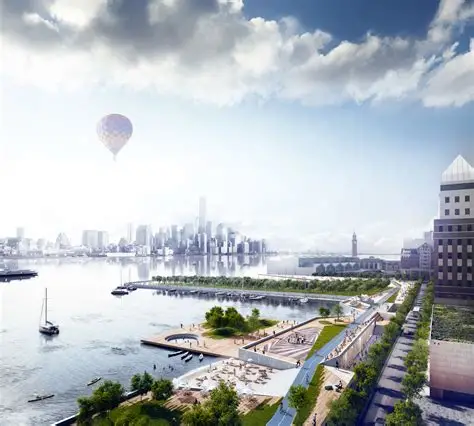
Landscape Urbanism: Landscape as the first line of defense
Landscape urbanism is a new way of thinking that emerged in the 1980s where landscapes are reimagined as the building blocks of urban spaces rather than architecture. Buildings are constructed around greenscapes, which become the lens through which modern cities are denoted. The term may have been coined in recent years, but this way of design has been long observed in history, from the ancient Chinese art of feng shui to the emerald necklace of Boston.
The theory’s application in creating resilient cities is best exemplified by Fresh Kills Park, a former landfill in Staten Island. Hurricane Sandy’s devastating effects on Staten Island exposed the vulnerability of the United States North Atlantic coastline, prompting change to the current greyscape.
Designed by James Corner Field Operations, the landfill bane of the neighborhood has turned into a natural shoreline protector wetland and recreational space three times the size of Central Park. Wetlands are effective coastal buffers and water quality improvers capable of redistributing water and absorbing storm surges.
It is an exemplary initiative that demonstrates how resilience can be achieved via nature while including human-centric features such as sports fields and walking trails.
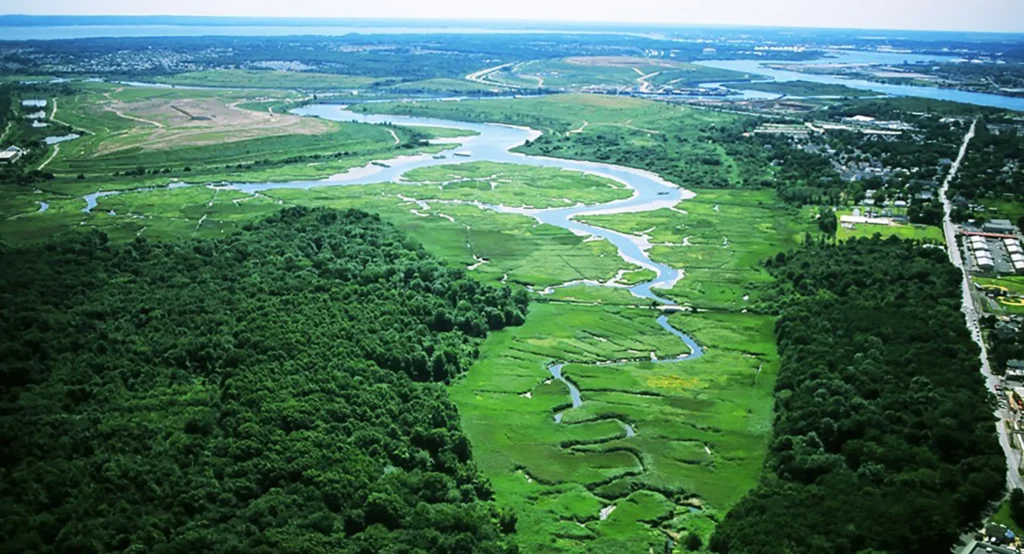
Source: Website Link
Inherent resilience of postmodern metropolises
Postmodernism seeks to defy the top-down, logic-based, machine-like planning of its predecessor, modernism. Metropolises are understood to be undefinable, complex multilayered systems that have an unpredictable, wholly human factor. Cities move from centers of production to centers of consumption in the postwar scenario. Modern cities with postmodernism growth are the norm in India, where important metropolises struggle to keep up with the exponential growth.
Privatization and deindustrialization as a part of postmodernism demand more skilled labor. Cities such as Ahmedabad, which were once the centers for manufacturing, now attract multinational IT companies. The addition of extensive metro networks and roadways to traditionally informal cities proves an invaluable asset during emergencies. New Delhi’s metro network has been named one of the top metro systems in the world with 141 stations.
This has the direct effect of increasing the literacy and financial stability of the population, granting more autonomy and better funding for natural disasters. Postmodern growth is shown to be intrinsically resilient. An educated population equals communities better equipped both mentally and financially, leading to cultural resilience combined with age-old traditions of handling calamities.
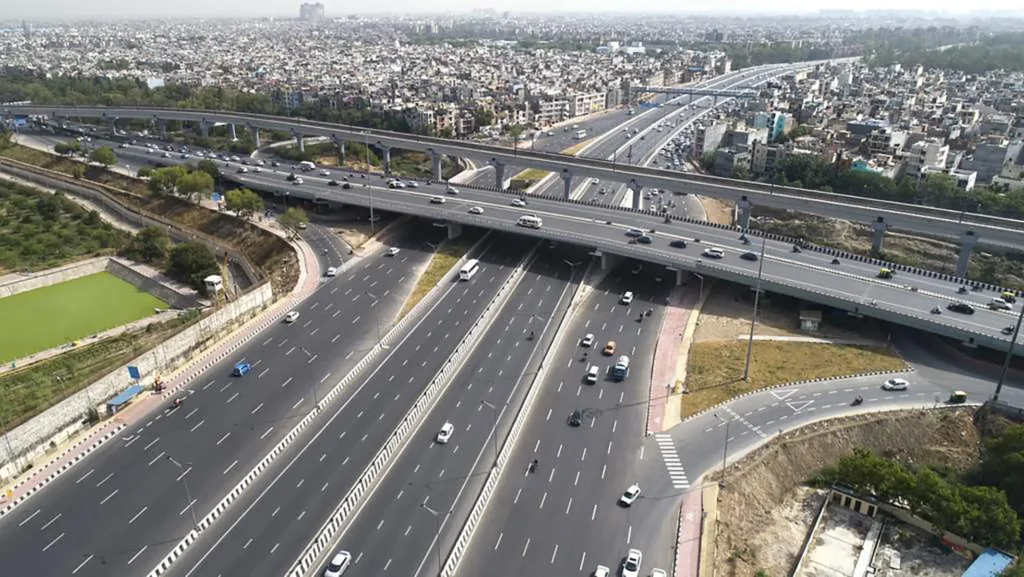
Tactical Urbanism: People leading change
Also known as “guerilla urbanism” and “pop-up urbanism,” tactical urbanism refers to short-term, low-cost, scalable interventions and policies for a building or neighborhood. Initiated by the people for the people, it is an inexpensive quick fix to real problems and leads to feelings of pride and belonging.
The ‘Streets in the Hands of Children’ event is an exemplary initiative by the Tehran government in the oldest and poorest parts of the city. Community was brought in early, with each member having an assigned responsibility. Age-appropriate entertainment deemed by psychologists, such as drama and poetry recitals, took place on the streets. Children from different districts participated, as it granted them space to play in an otherwise compact neighborhood. The event increased local capacity for knowledge and built communal relationships. It also strengthened the relationship between the citizens and the officials, as it gave them time and space to interact.
Tactical urbanism reiterates cultural resilience by empowering people to look after themselves and be the change they want to see. The example cited demonstrates how social resilience can be grown using small-scale activities that have a large impact, especially on the impressionable minds of children.
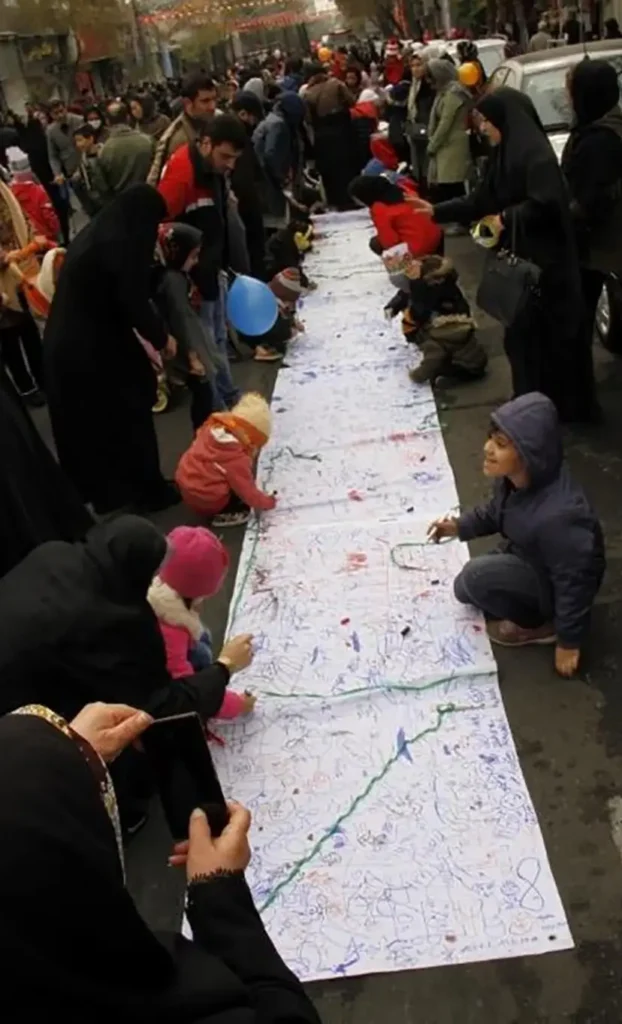
New Urbanism: Connectivity as a core principle
New Urbanism advocates for human-scale design achieved by mixed land use, walkable cities, and accessible public spaces. It promotes low-rise buildings and efficient land usage where connectivity via walkability is key.
Lodz is the third largest Polish city whose inner-city revitalization program follows new urbanism’s principles. European cities were inherently designed to be walkable until the introduction of automobile-based design. The city center has a mixed land use, and the program aimed to make it better connected and more walkable. The program involved construction of new streets, passages, and accessible public squares. Results were impressive, with the density of the network being most improved in places it was the weakest. Nearly 90% of green areas were designed to be suitable for recreational purposes.
The city center has been made anew to be more accessible and better connected. Emergency services travel time can also be reduced with better connectivity. Greater green cover allows the city to handle effects of calamities better, with vegetation preventing soil erosion and absorbing more water. Public plazas hold space for cultural events and provide safe assembly points. These measures build cultural and environmental resilience as they bring together fragmented communities.
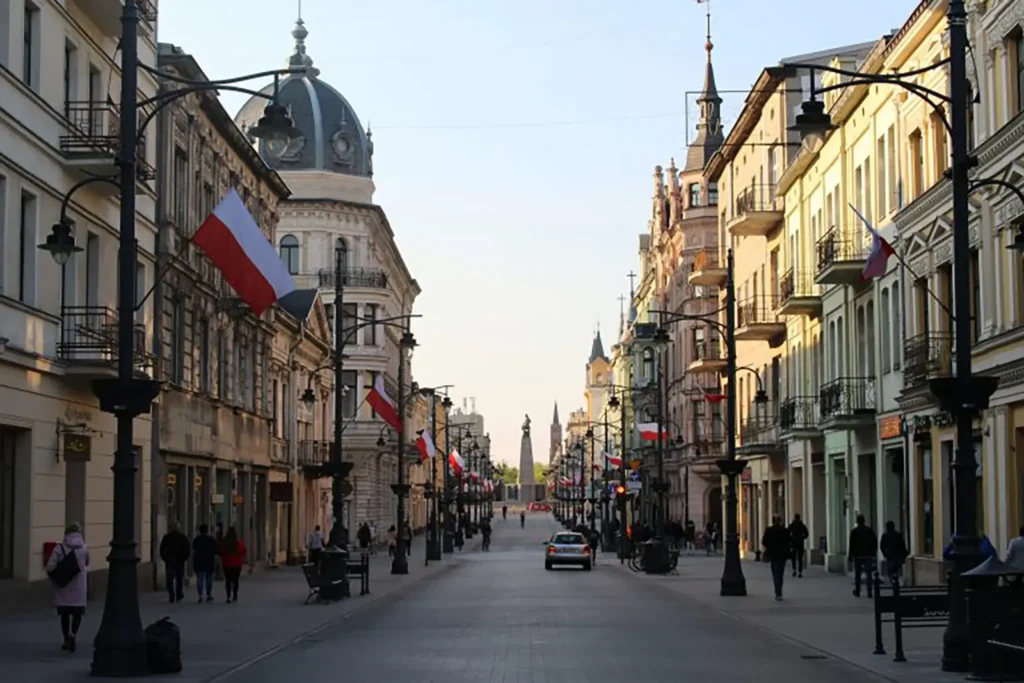
Feminist Urbanism: Designing for the overlooked
Feminist urbanism can be explained as redesigning urban spaces via a gender-equal lens, taking into consideration the experiences of all users in the built environment. Women are more likely to feel fear and intimidation and are often accompanied by other people. However, little consideration is given to them in fields of planning and design despite Sustainable Development Goal 11 by the United Nations explicitly committing to gender equality.
Vienna, Austria, is a trailblazer in the integration of gender mainstreaming into design. It adopted gender-sensitive planning in 1991, which places people of all ages and different life stages at the center of the design process. This significantly reduces bias and discrimination based on various profiles from age to psychological abilities.
The formation of the Philippine Commission on Women has made great strides in gender equality in the recent decades. It has normalized gender mainstreaming in all national development plans and closely monitors its implementation.
Women are disproportionately more affected by national disasters than men. A built environment that responds to the needs of all people significantly builds up the cultural resilience via structural depth in design. By designing cities for all, the ethos of the right to the city is attained.
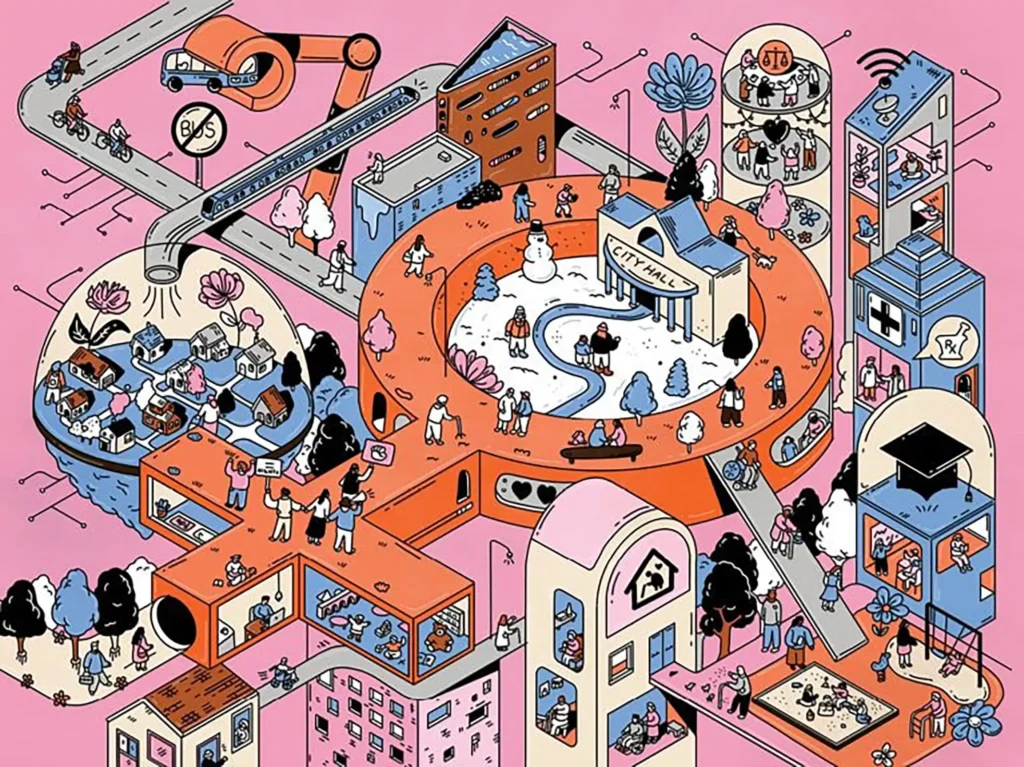
Urban revitalization as an instrument for resurgence
Revitalization is an enduring buzzword in design, especially in developed countries where city centers face dereliction. The word describes efforts to restore or modernize a building, neighborhood, or district. Moreover, it is a powerful tool for cities to bounce back from tragedy.
Berlin, Germany, is a city that has undergone many tribulations. The city’s inventive use of urban revitalization is a credit to the people’s resilience. An old railway hub, Schöneberger Südgelände, was destroyed during the Second World War. I. Kowarik and A. Langer applied principles of landscape urbanism and envisioned it to be a nature park while retaining the identity of the place by preserving the existing hardscapes of railway tracks. Now, the decaying industrial area is described as a jungle forest with more than 400 thriving species of plants and spaces for leisure activities.
Quarter block 103 in the district of Kreuzberg is another example. The densely populated residential area was revitalized in a context-specific manner. Participatory design reinforced the ‘for the people by the people’ principle, where the community was involved. These efforts showcase urban revitalization’s power in the recovery part of resilience.
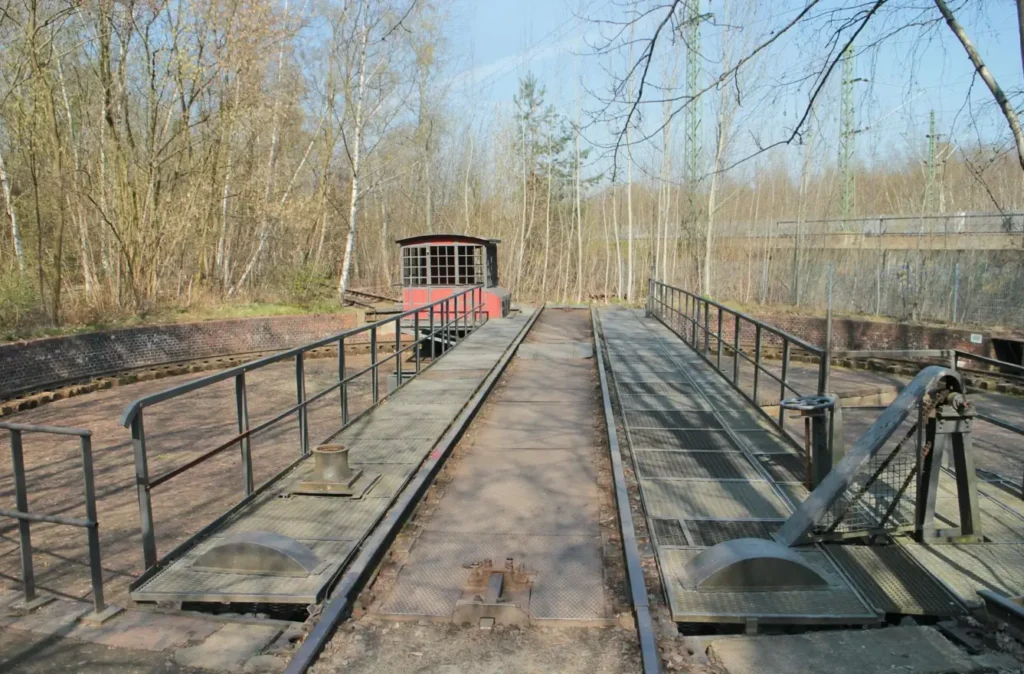
Conclusion
The five theories analyzed in this article look at various ways of achieving resilient cities by focusing on different key features. Landscape urbanism places nature at the center, creating landscapes capable of weathering different disasters. Postmodernist planning advocates building up cultural resilience by organic growth of the city. Tactical urbanism looks at grassroots-level movements that have significant effects on the community as a whole. New urbanism presents connectivity as the answer to the problems of fragmentation, which is shown to lead to social resilience. Feminist urbanism shines a light on overlooked sectors of society and champions design for all to achieve the right to the city ethos.
Urban revitalization is shown to be a highly effective strategy for cities to bounce back from damage. This effort can combine any of the theories presented as underlined in the case studies presented. However, a combination of these theories is necessary to achieve holistically designed resilient cities capable of handling any degree of catastrophic impact.
References
- (2021, October 21). Resilient City | Definition, Attributes and Features | Planning Tank. Planning Tank. https://planningtank.com/urbanisation/resilient-city-definition-attributes-features
- Irina Vinnitskaya. “Landfill Reclaimation: Fresh Kills Park Develops as a Natural Coastal Buffer and Parkland for Staten Island” 03 Mar 2013. ArchDaily.
- McGreevy, M. P. (2017). Complexity as the telos of postmodern planning and design: Designing better cities from the bottom-up. Planning Theory, 17(3), 355–374.
- Wilczkiewicz, M., & Wilkosz-Mamcarczyk, M. (2015). Revitalization – definition, genesis, examples. Geomatics Landmanagement and Landscape, 2, 71–79. https://doi.org/10.15576/gll/2015.2.71
- Sadeghzadeh, Soheila & Lak, Azadeh. (2021). Play Street: Experimenting Tactical Urbanism for Urban Resilience in Iran. 10.1007/978-3-030-77356-4_22.
- Dutton, J. et al.(2022). Feminist Planning and Urbanism: Understanding the Past for an Inclusive Future. In: The Palgrave Encyclopedia of Urban and Regional Futures. Palgrave Macmillan, Cham.
- Cysek-Pawlak, Monika & Krzysztofik, Sylwia & Makowski, Andrzej. (2022). Urban regeneration and urban resilience planning through connectivity: the importance of this principle of new urbanism. European Spatial Research and Policy. 29. 111-133. 10.18778/1231-1952.29.1.06.

Vijetha Ravindran
About the Author
Vijetha Ravindran is an undergraduate student of architecture at Thiagarajar School of Environmental Design and Architecture, Madurai, India. From Chennai, her interest in design rose from exposure to different built environments due to frequent traveling in her early years. Her main interest in research is about the use of artificial intelligence in the allied fields of design and architecture and placemaking to build people-centric cities. Her work reflects a commitment to people-centric buildings and designs with an emphasis on spatial experience.
Related articles
UDL Illustrator
Masterclass
Visualising Urban and Architecture Diagrams
Session Dates
17th-18th January 2026

Urban Design Lab
Be the part of our Network
Stay updated on workshops, design tools, and calls for collaboration
Curating the best graduate thesis project globally!
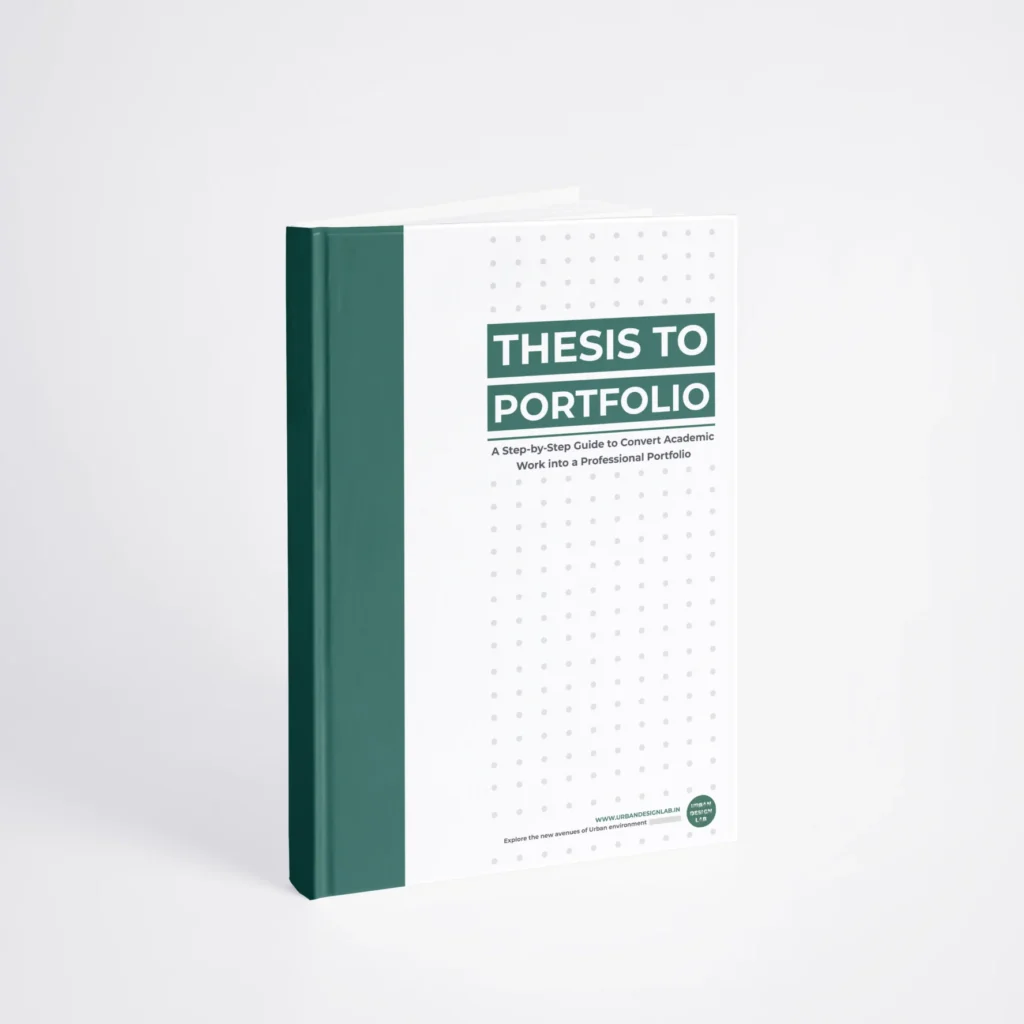
Free E-Book
From thesis to Portfolio
A Guide to Convert Academic Work into a Professional Portfolio”
Recent Posts
- Article Posted:
- Article Posted:
- Article Posted:
- Article Posted:
- Article Posted:
- Article Posted:
- Article Posted:
- Article Posted:
- Article Posted:
- Article Posted:
- Article Posted:
- Article Posted:
- Article Posted:
Sign up for our Newsletter
“Let’s explore the new avenues of Urban environment together “
